 Abraham Lincoln
If given the truth, the people can be depended upon to meet any national crisis...
Abraham Lincoln
If given the truth, the people can be depended upon to meet any national crisis...
 Guildford news...
for Guildford people, brought to you by Guildford reporters - Guildford's own news service
Guildford news...
for Guildford people, brought to you by Guildford reporters - Guildford's own news service
Birdwatcher’s Diary No. 206
Published on: 28 Apr, 2020
Updated on: 2 May, 2020
By Malcolm Fincham
As April unfurled, the sun continued to shine.
Unfortunately, I continued to be restricted to birdwatching in my local areas within walking or cycling distance from my home. It meant less actual time birdwatching and photography due to the coronavirus lock-down.
Having collated my latest photos, I surprised myself at the amount of wildlife I have seen during the past fortnight.
Although some readers may disagree, I believe some of the laws that have been put into place at this time have been rather draconian. A hint of George Orwell’s book 1984 comes to mind about our modern-day living?
Choices being eroded, as if adults were no longer able to use their common sense. Perhaps some can’t? But why “tar everyone, with the same brush?” have been my thoughts.
At least I had a few places I could still visit locally, unlike people living in flats, without even a garden to spend some time.
I have kept to myself, abiding by the regulations imposed when the occasional fellow human has passed my way. That has been in respect, and in addition to, the wildlife I care so passionately for.
On the plus side of things, maybe just my imagination, but the sky seems bluer?
Certainly with less traffic on the roads and fewer planes in the air, the bird song seemed louder.
I have become, quite “adequate” over the years in recognising bird song, and a few new bird sounds were beginning to turn up on both Whitmoor Common and the Riverside Nature Reserve, bringing their instruments of varied song to the “orchestra”.
Alternating my visits between the two nature reserves I have known for many years, has given me an advantage of knowing the best areas to find and photo some of the birds I had hoped to see.
At the Riverside Nature Reserve a great spotted woodpecker could be heard drumming most days I visited. It was in the tall trees that line the towpath on both sides of the river.
Grey wagtails remain a common sight along the banks of the river, often seen in pairs.
On April 2, I sighted and photographed my first swallow of the year as it flew overhead by Stoke Lock. Not in itself enough to make a summer, although it wasn’t many days later before I added a few more new arrivals to my list.
On Whitmoor Common on April 3, I had recorded my first willow warbler singing, high in a silver birch now coming into leaf.
Two pairs of mute swans have been building nests, one at each end of the reserve.
The pair that have built their nest on the flooded area near Stoke Lock were of some concern to me. If water levels were to drop before the young hatch, they could be susceptible to predation.
The fox I often saw, slinking about not far from that location, may be tempted to such a tasty treat as evening light fades.
The Egyptian geese at the same location were ahead of the swans, already raising five goslings by the banks of the river.
By April 5 I had already seen my first orange tip butterflies at the Riverside Nature Reserve. Both male and female.
Also adding a singing sedge warbler.
As well as a common whitethroat. Both could be heard singing just across the river towards the Burpham end of the towpath.
A visit there the following day saw a full moon rising, just after nightfall.
On April 9, as I cycled along the River Wey towpath between Bower’s and Trigg’s Locks another warm sunny day drew to a close.
I paused for a few moments to watch the sun as it was beckoned by the horizon. The weakening orb had brought a sudden chill to the air as the warmth of the day dispersed into a cloudless sky.
The silence was broken by the call of a little owl and a feeling of being watched.
The sound had come from an oak tree just behind me. Sure enough, through its still, leafless branches, a pair of eyes could be seen looking at me in the lengthening shadows.
Another glorious sunset reminded me it was time cycle home.
On April 10, while walking the same section of towpath towards Stoke Lock, I was alerted to a sighting I was unfamiliar with.
Glancing though the tree line towards the flooded area, a group of what appeared to be sandpipers could be glimpsed, flying just over the water.
Hoping they may have settled, I hastened to a point nearer to the lock. “Damn! they got away!” were my immediate thoughts as I scanned the area to check if they had landed.
To my surprise they had, in fact, circled the flooded area (perhaps with thoughts of settling).
Briefly they reappeared before continuing their flight across the river and out of sight. “But what type of sandpiper were they?”
My instant thoughts were common sandpipers, having seen them before in social flocks. Something didn’t seem quite right though. Fortunately, for my quick thinking I was able to capture a few photos. At least nine green sandpipers, I concluded! And was grateful for the added confirmation.
A red kite continued to be regularly seen as it drifted across from the direction of the recycling depot nearby.
A pair of common buzzards could often be seen, circling over Stoke Lock, as the sun continued to shine.
On one visit witnessing what was possibly the same pair mating in a tree some way across the river.
While a resident green woodpecker continued to be heard and seen in flight.
On a warm and sunny April 12, I even witnessed and took photos of a grass snake as it swam across the river.
Numerous red admirals had had now started to join the peacock butterflies already on the wing. While a few brimstones could still be seen.
More noticeable during the first weeks of the month were jays, both at the Riverside Nature Reserve as well as on Whitmoor Common. Up to their usual mischief no doubt, seeking out and raiding nests of smaller birds where they could find them.
Magpies were also a threat to our passerines, sometimes seen in what looked like mischievous gangs, huddled together plotting their next felony.
Also at both locations linnets could be seen. The larger of the flocks were on Whitmoor. These were a dozen or so in a sociable group around the areas of gorse.
Reed buntings had begun to set up territories and could be heard in song.
While blackcaps continued to be incessant in their song, as well gaining in number at both reserves as April progressed.
Other birds seen and photographed at both reserves included long-tailed tits. Often they could be with nesting material, including spider webbing to add strength to their new homes.
Wrens could be seen collecting moss for their nests
Treecreepers were singing.
While robins seemed to be having a good year, even having one visiting my garden regularly.
Sparrowhawks could regularly be seen in flight at both reserves, as well as over my garden.
On an evening visit to Whitmoor Common on April 11, I was welcomed by the one of the sounds I most like to hear at this time of year. It was the call of a cuckoo.
Following its sound, I was able to locate it although too difficult to photograph as it flew beyond the overhead cables across the heathland in the direction of Worplesdon church.
As at Riverside Nature Reserve several days earlier, the first common whitethroat had arrived on Whitmoor Common.
This one unusually timid in comparison, attempting to conceal itself behind the freshly forming leaves.
Looking out across the field that borders Whitmoor, now abandoned by horses that once grazed there, green woodpeckers can be regularly viewed.
Mistle thrushes could also be seen looking for food in the soil, regularly rotavated by the rabbits that had now made it their home.
Often sighted was an old fox, lame in one of its rear legs, sniffing around the warren, in hope of an easy meal.
Quite often a resident song thrush could be heard singing in one of the oaks that bordered the field.
While a nuthatch persistently called from high in their branches.
Out on the open heathland a roe deer took me by surprise. Disturbed by something or someone, it ran out from beyond the tree line on to the open heathland towards me.
Suddenly it became aware of my presence stopping dead in its tracks. This allowed me a few photos before it changed direction, scampering out of sight across the heather.
A most welcomed addition to my “first of the year sightings” on April 13 was an unexpected close encounter with a male wheatear. Disturbed by my presence, it flew up from a clump of heather and perched on a nearby pine sapling.
At least four pairs of stonechats could be counted, perched and paired up around the heathland.
Dartford warblers had survived what turned out to be a mild winter and appeared to be in good number there. Often seen singing from the flowering gorse and silver birch saplings that were now coming into leaf.
Having glimpsed a few holly blue butterflies during the first few days of April, I was eventually able to capture a photo of one as it perched on some lilac blossom in my neighbour’s garden.
All this and the sun continued to shine!
Responses to Birdwatcher’s Diary No. 206
Leave a Comment Cancel replyPlease see our comments policy. All comments are moderated and may take time to appear.

"Found any?" - "Nope, it all looks green to me!" (See Opinion: The Future is Congested, the Future is Grey)
www.abbotshospital.org/news/">





Recent Articles
- Latest Evidence in Sara Sharif Trial
- Ash’s New Road Bridge Is Named – and November 23rd Is Opening Day
- Class A in Underwear Leads to Jail Sentence
- Historical Almshouse Charity Celebrates Guildford in Bloom Victory
- Notice: Shalford Renewable Showcase – November 16
- Firework Fiesta: Guildford Lions Club Announces Extra Attractions
- Come and Meet the Flower Fairies at Watts Gallery
- Updated: Royal Mail Public Counter in Woodbridge Meadows to Close, Says Staff Member
- Letter: New Developments Should Benefit Local People
- Open Letter to Jeremy Hunt, MP: Ash’s Healthcare Concerns


Recent Comments
- Paul Spooner on Ash’s New Road Bridge Is Named – and November 23rd Is Opening Day
- Harry Eve on Opinion: The Future is Congested, the Future is Grey
- Nigel Keane on Letter: New Developments Should Benefit Local People
- Nathan Cassidy on Updated: Royal Mail Public Counter in Woodbridge Meadows to Close, Says Staff Member
- T Saunders on Opinion: The Future is Congested, the Future is Grey
- Jim Allen on Updated: Royal Mail Public Counter in Woodbridge Meadows to Close, Says Staff Member
Search in Site
Media Gallery
Dragon Interview: Local Artist Leaves Her Mark At One of England’s Most Historic Buildings
January 21, 2023 / No Comment / Read MoreDragon Interview: Lib Dem Planning Chair: ‘Current Policy Doesn’t Work for Local People’
January 19, 2023 / No Comment / Read MoreA3 Tunnel in Guildford ‘Necessary’ for New Homes, Says Guildford’s MP
January 10, 2023 / No Comment / Read More‘Madness’ for London Road Scheme to Go Ahead Against ‘Huge Opposition’, Says SCC Leader
January 6, 2023 / No Comment / Read MoreCouncillor’s Son Starts Campaign for More Consultation on North Street Plan
December 30, 2022 / No Comment / Read MoreCounty Council Climbs Down Over London Road Works – Further ‘Engagement’ Period Announced
December 14, 2022 / No Comment / Read MoreDragon Interview: GBC Reaction to the Government’s Expected Decision to Relax Housing Targets
December 7, 2022 / No Comment / Read MoreHow Can Our Town Centre Businesses Recover? Watch the Shop Front Debate
May 18, 2020 / No Comment / Read More



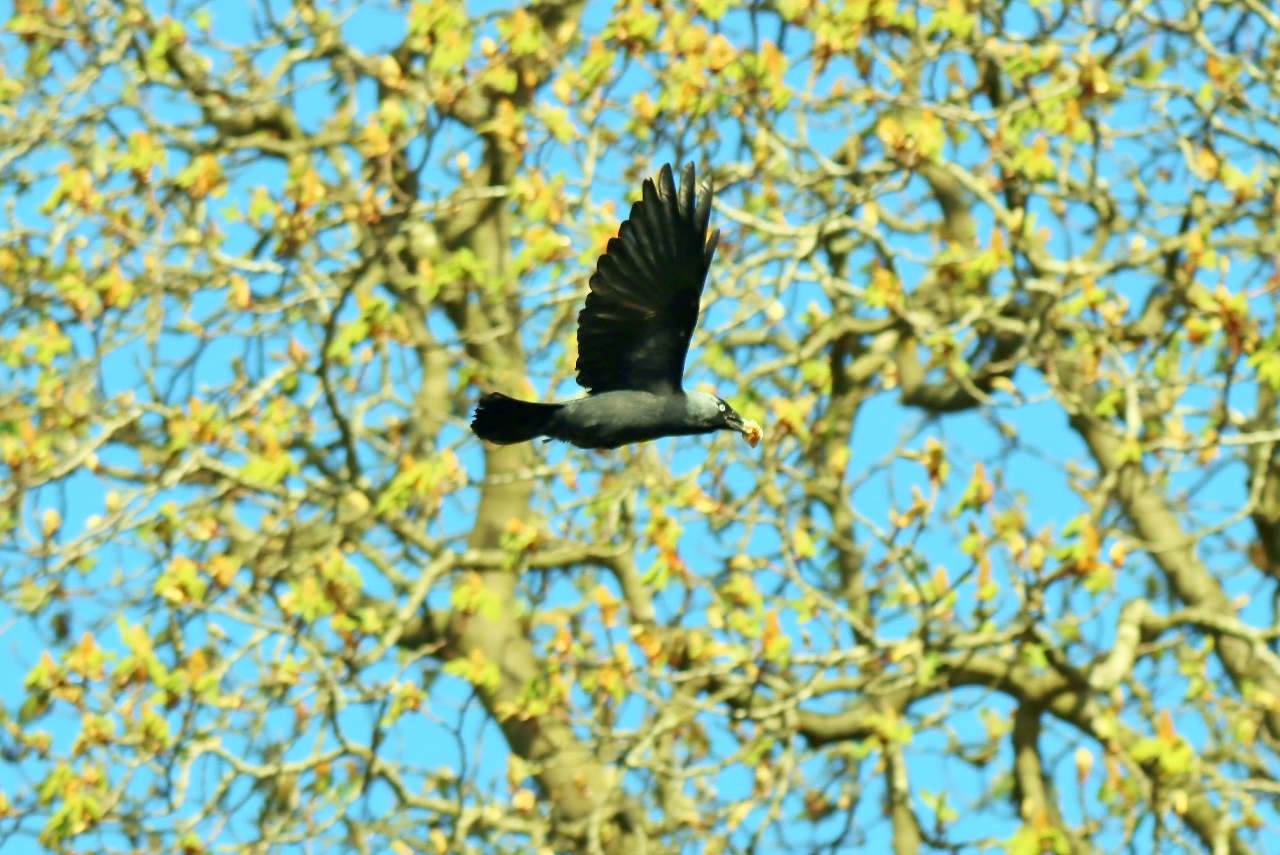
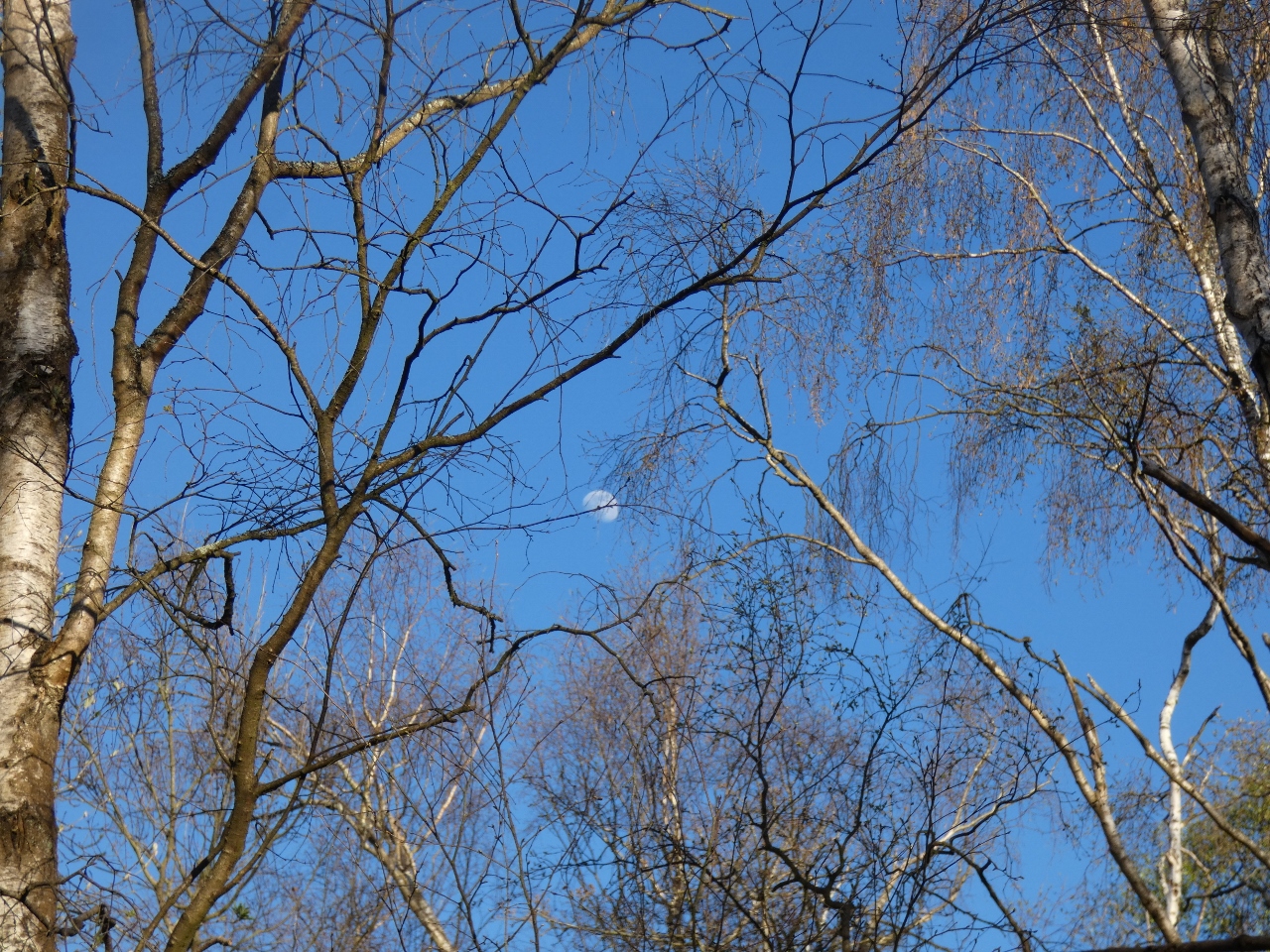

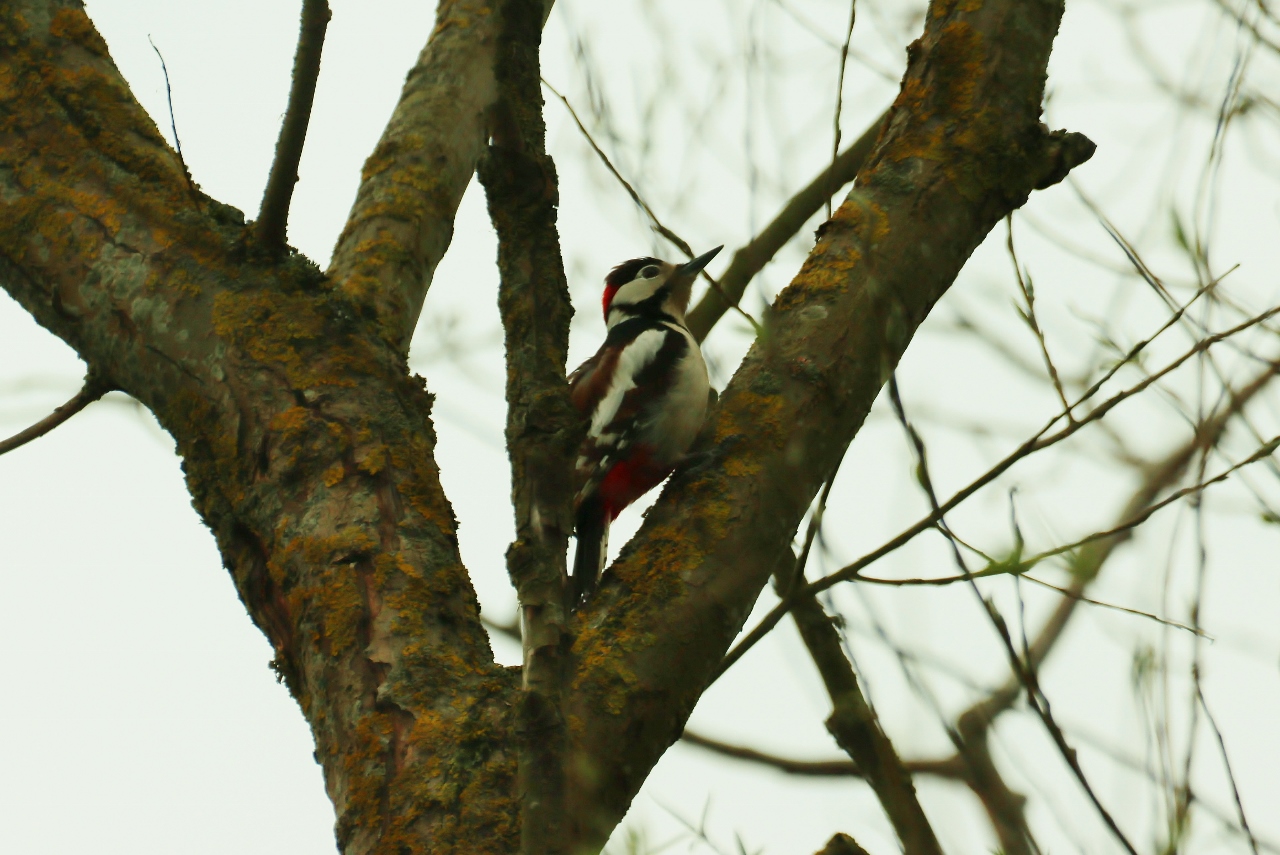
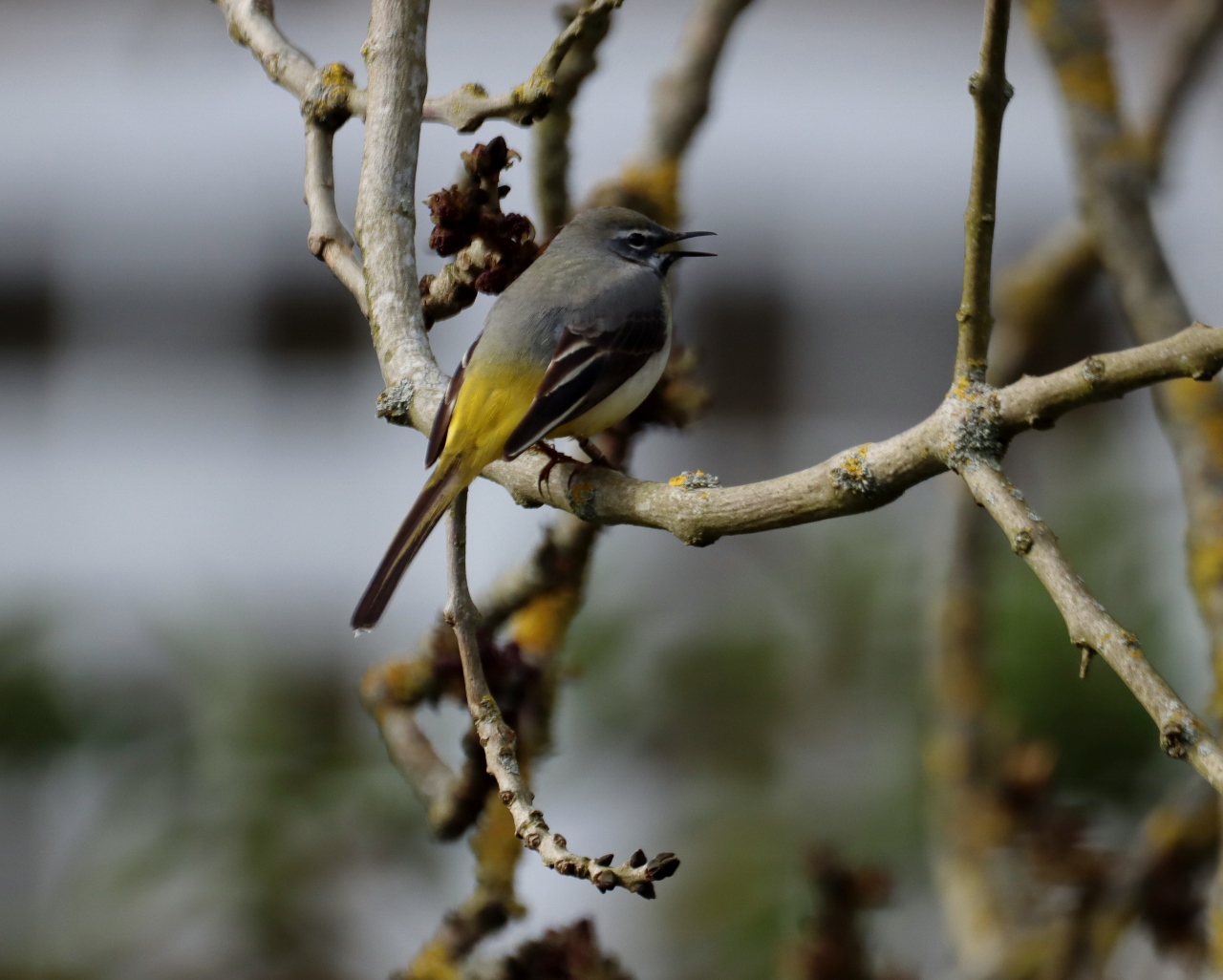
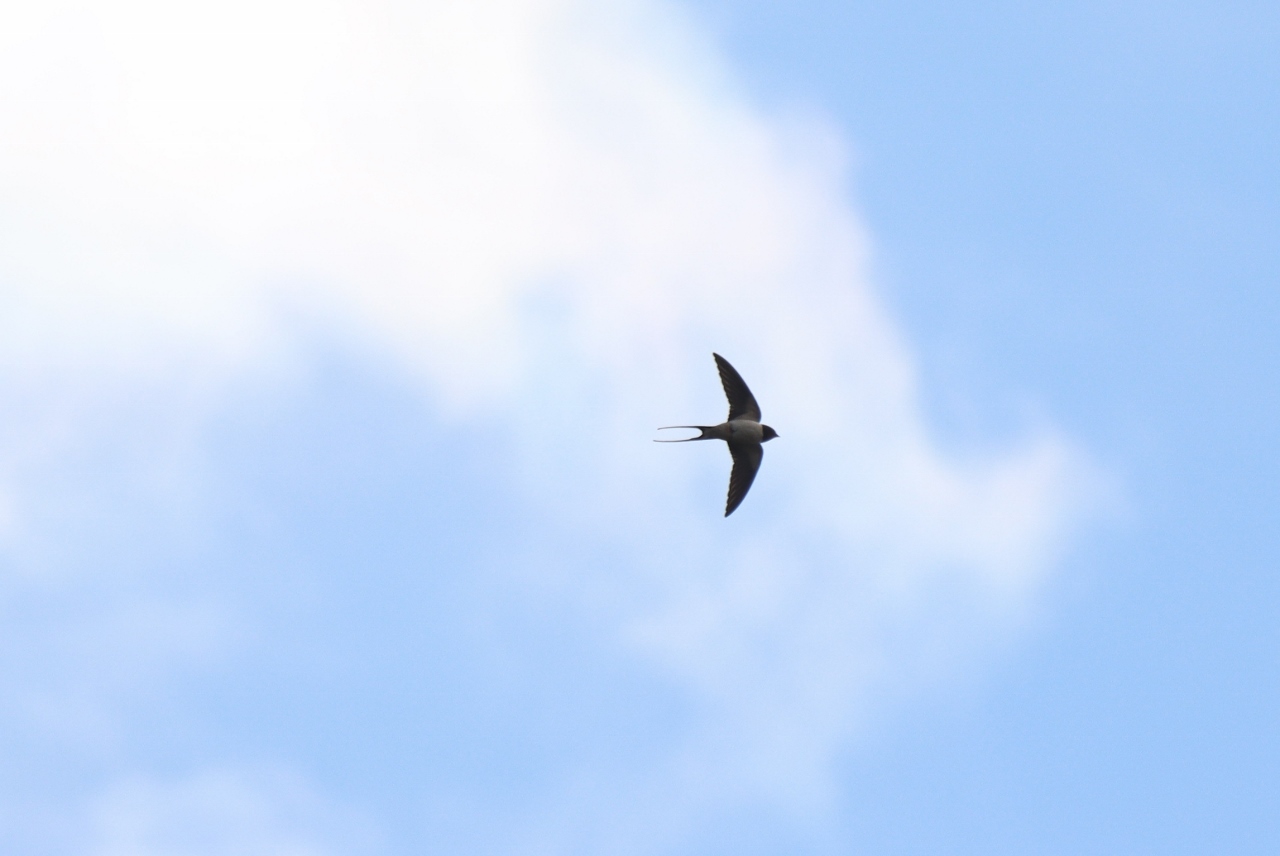
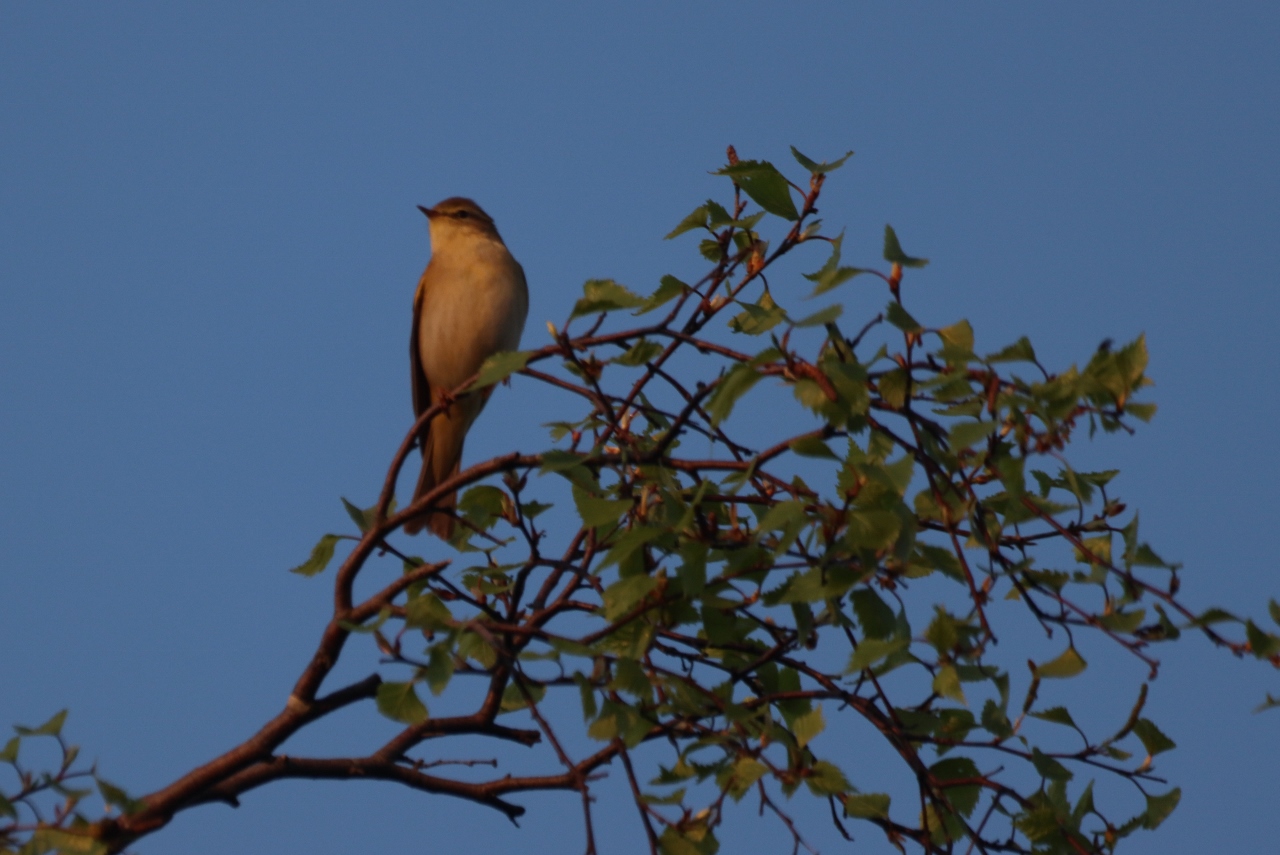
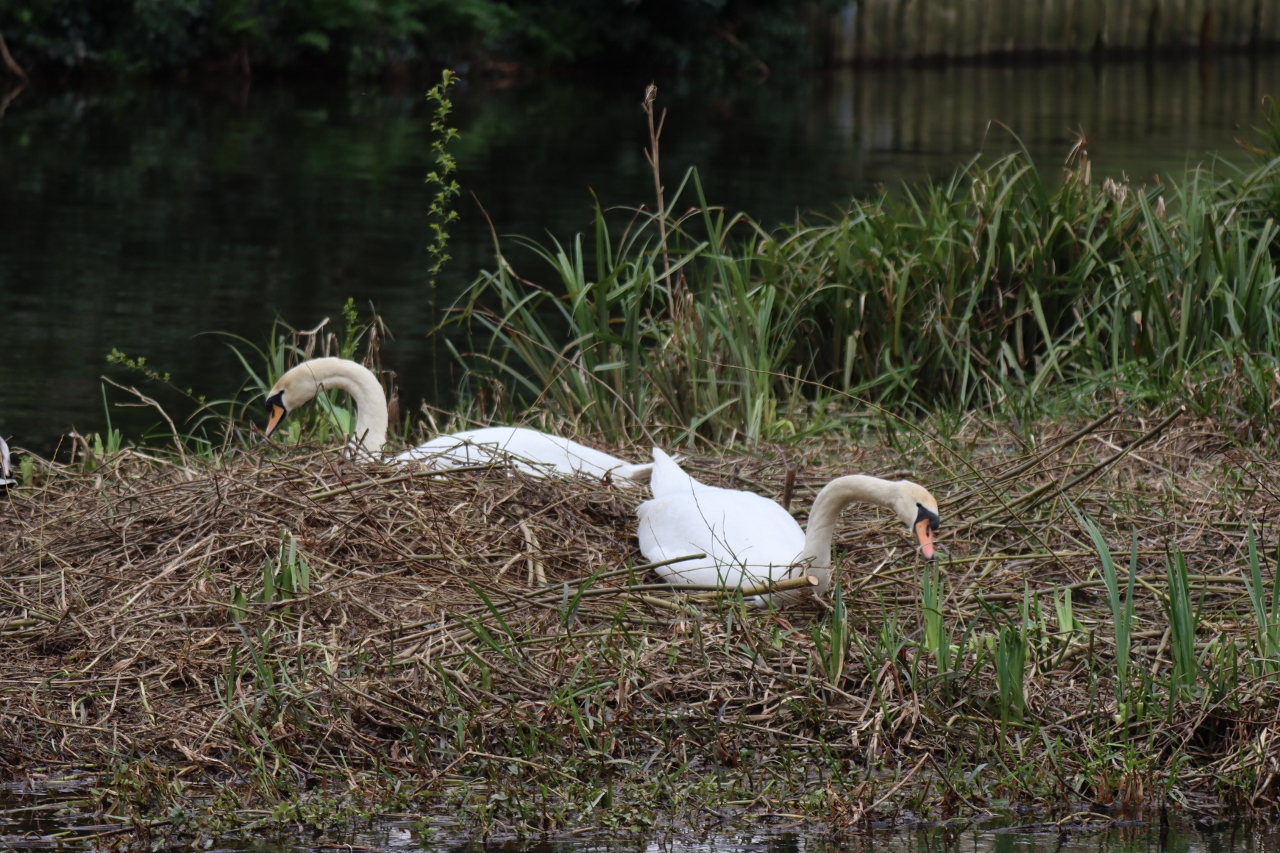
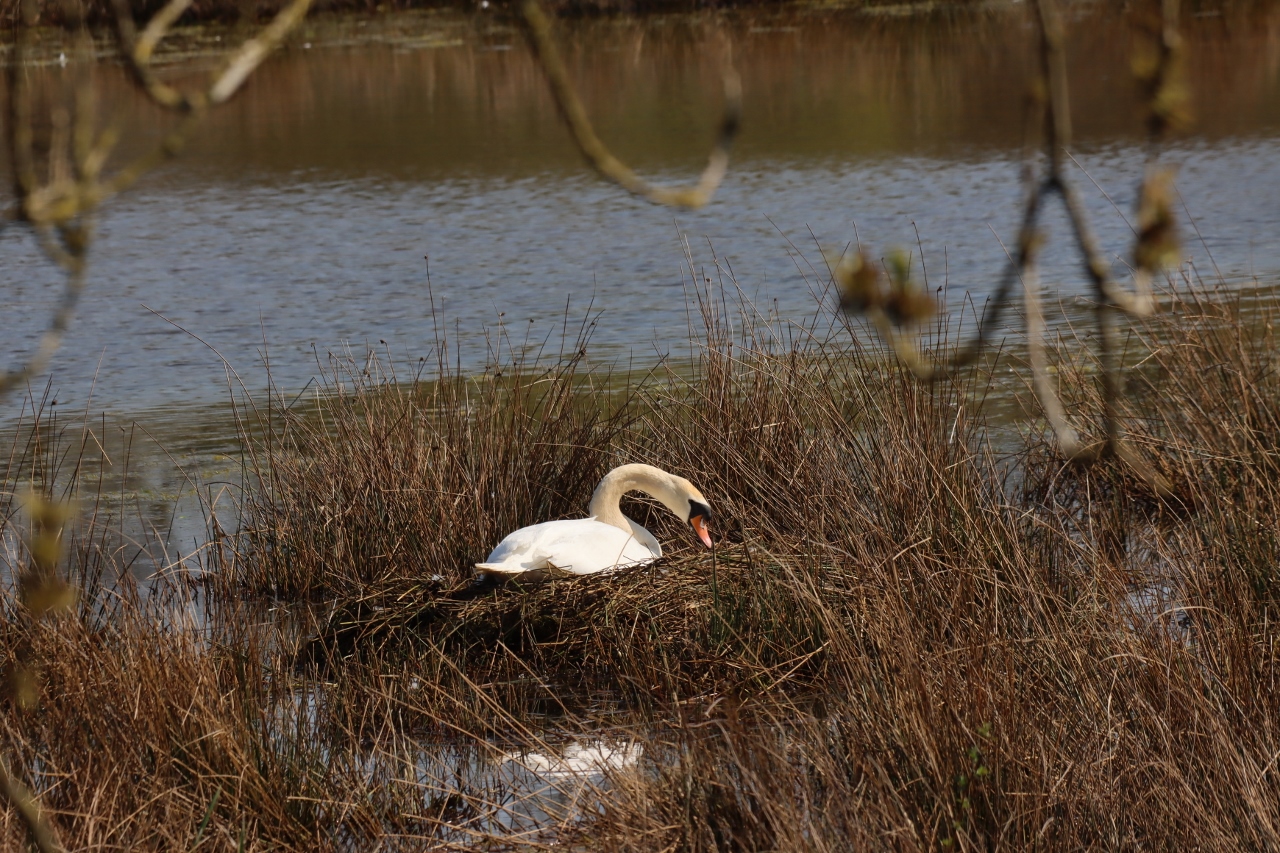
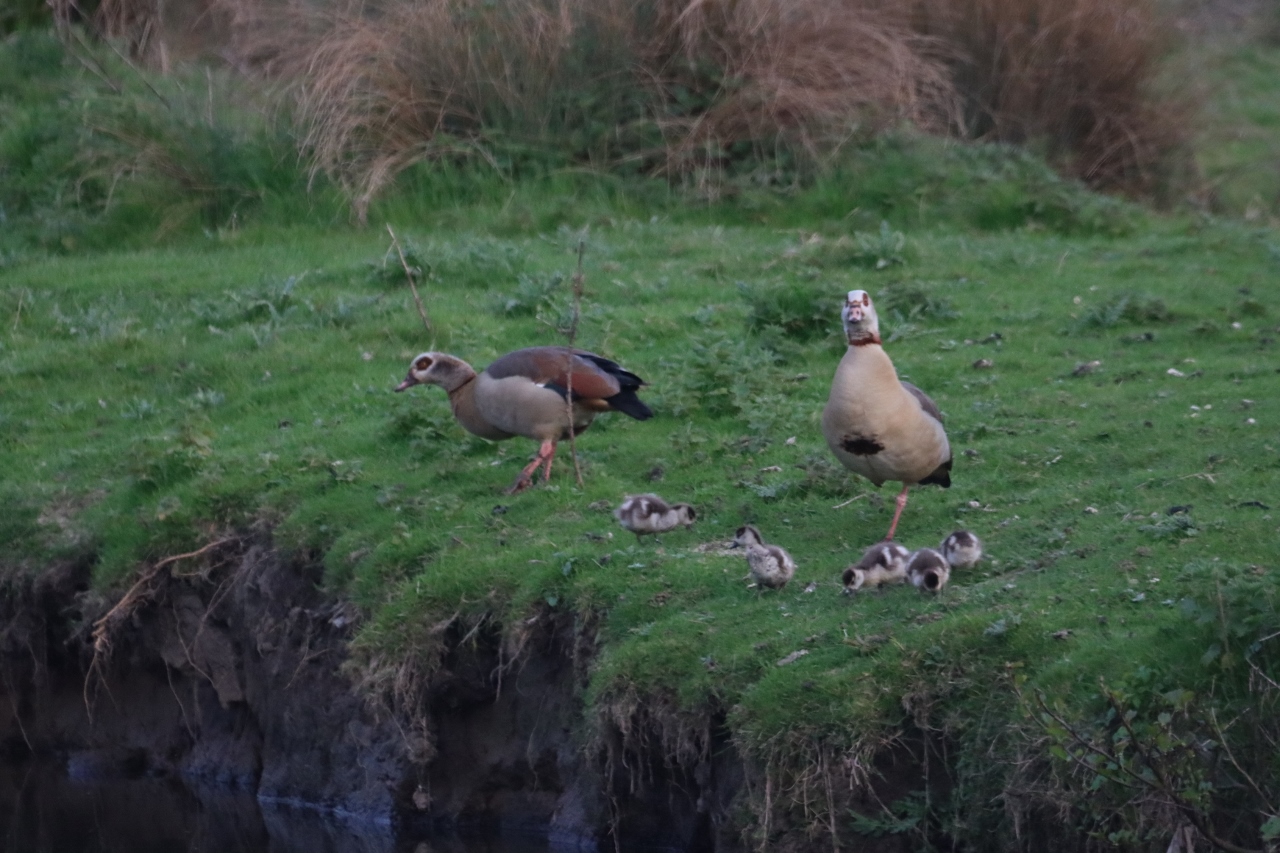
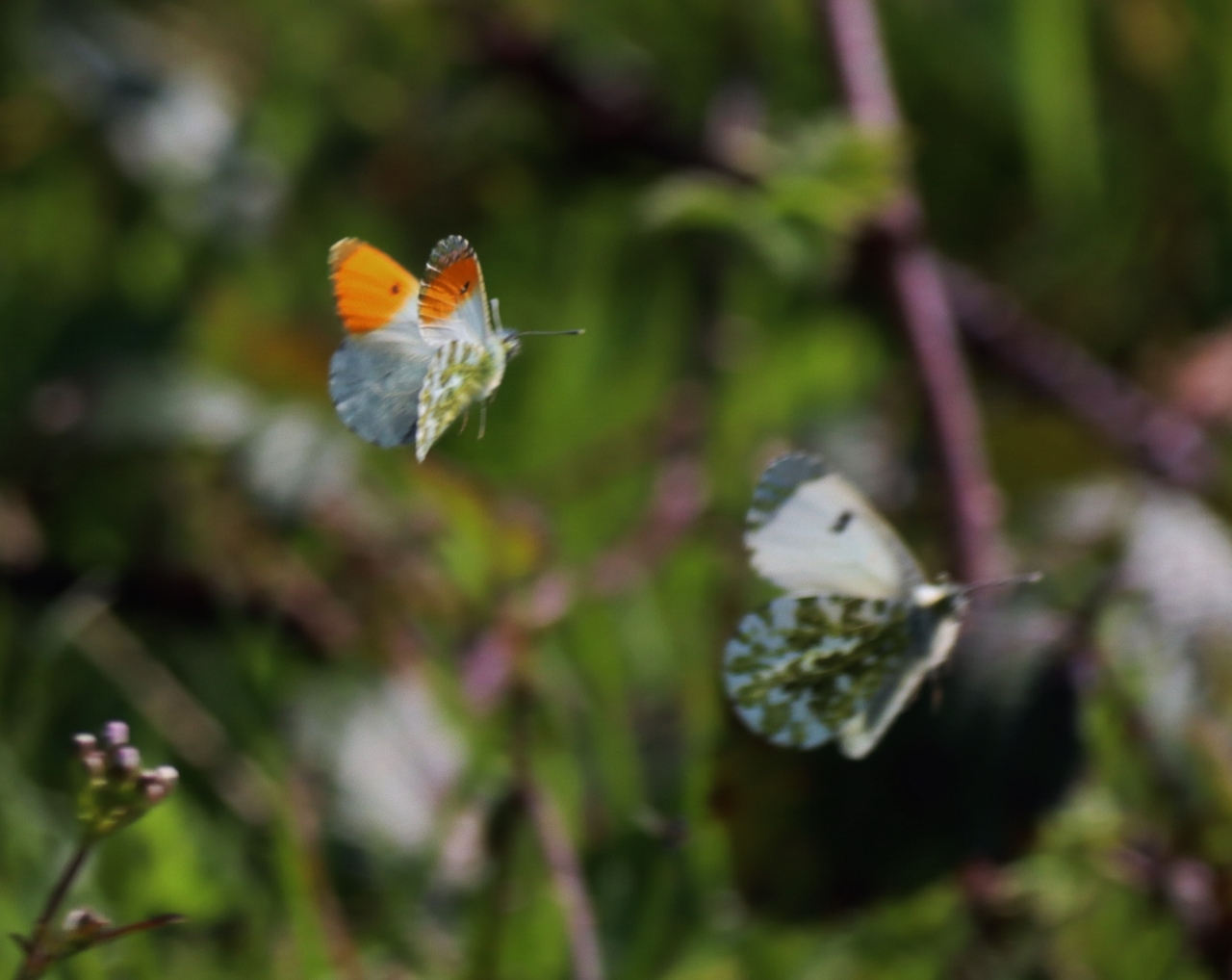
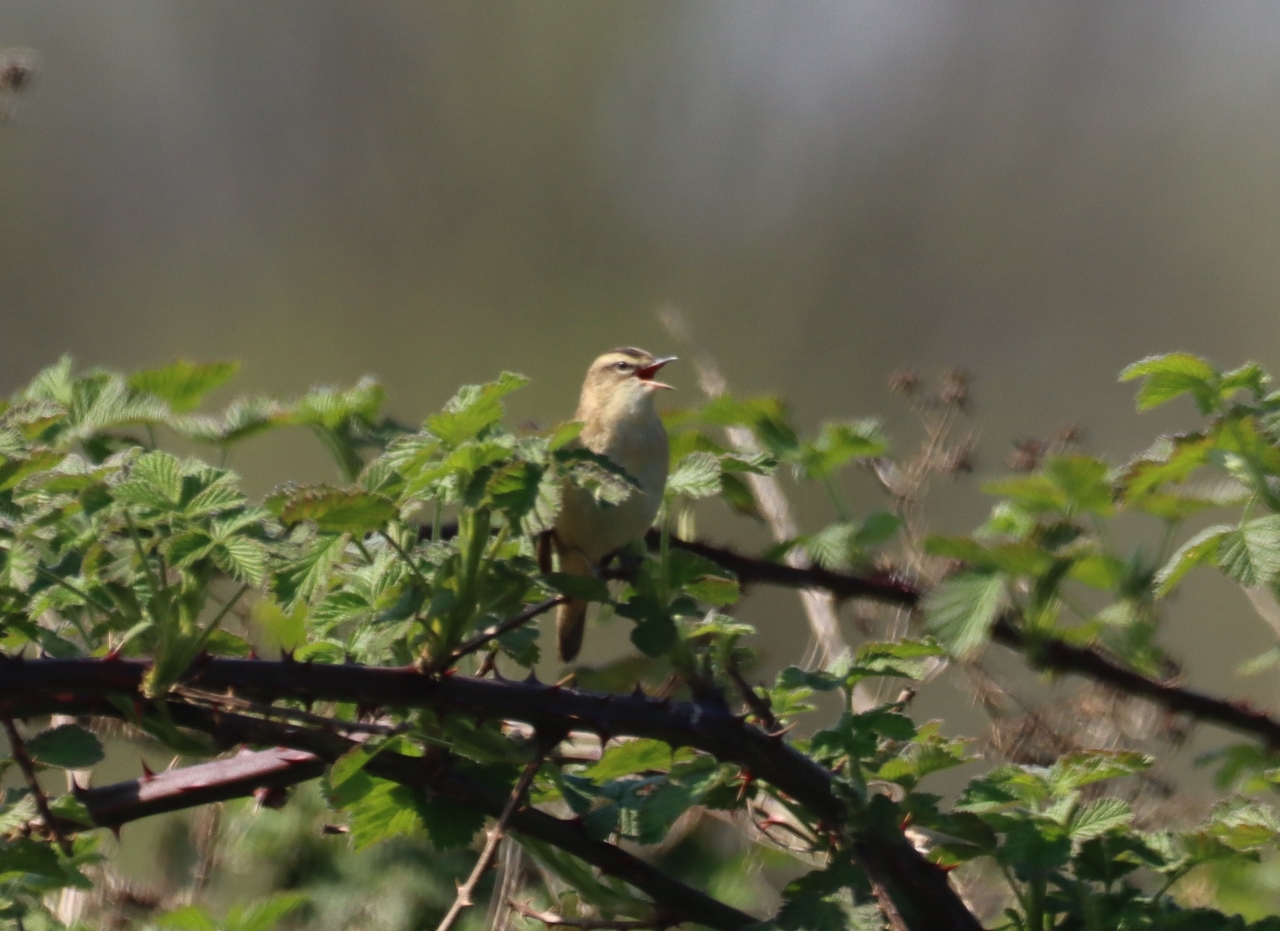


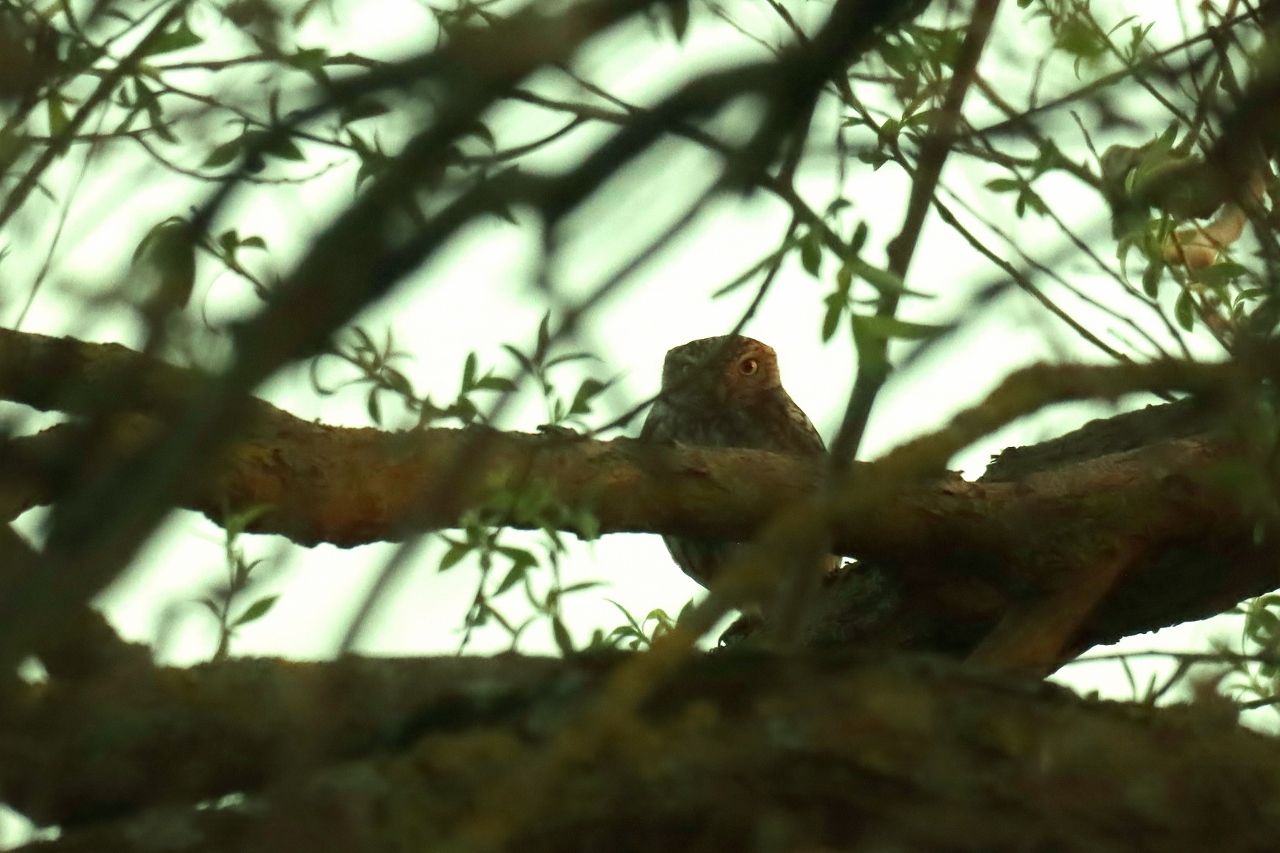
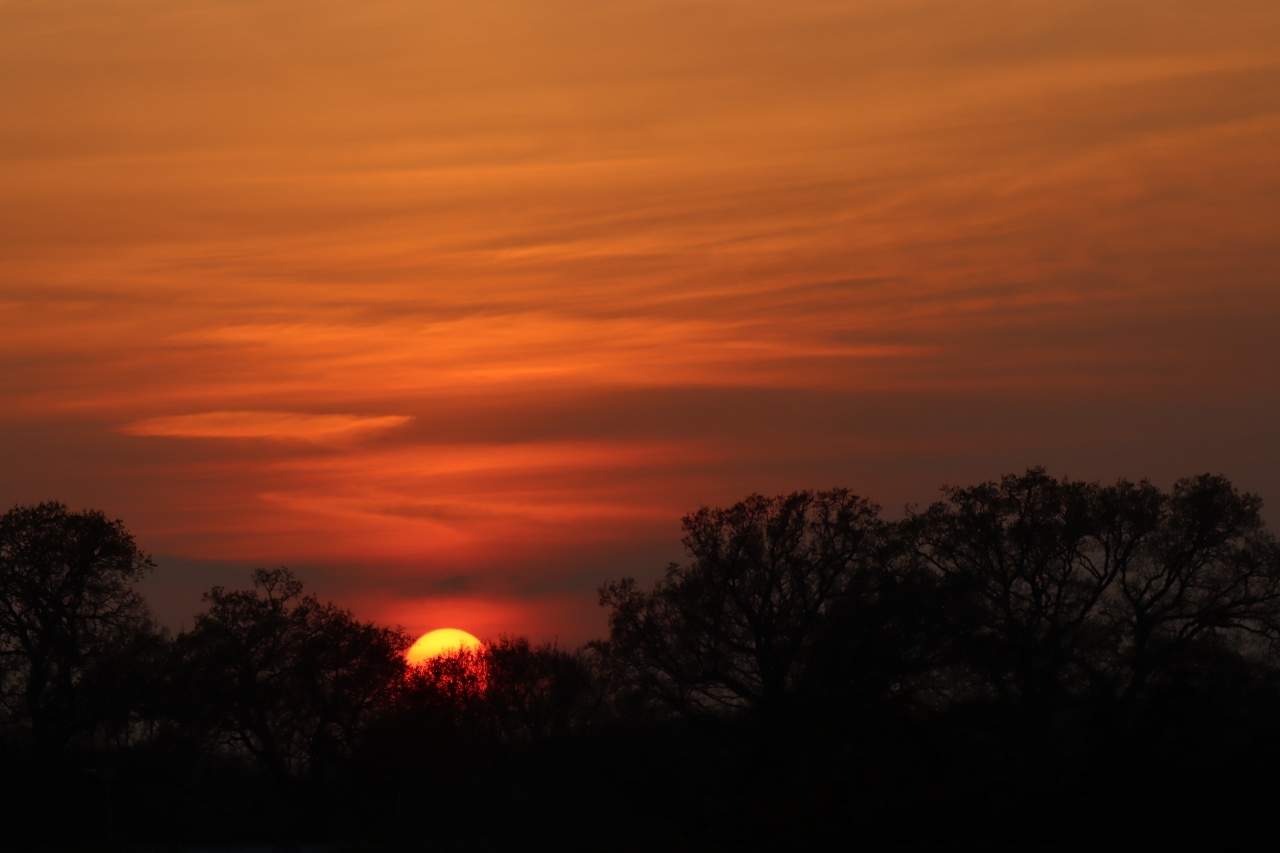
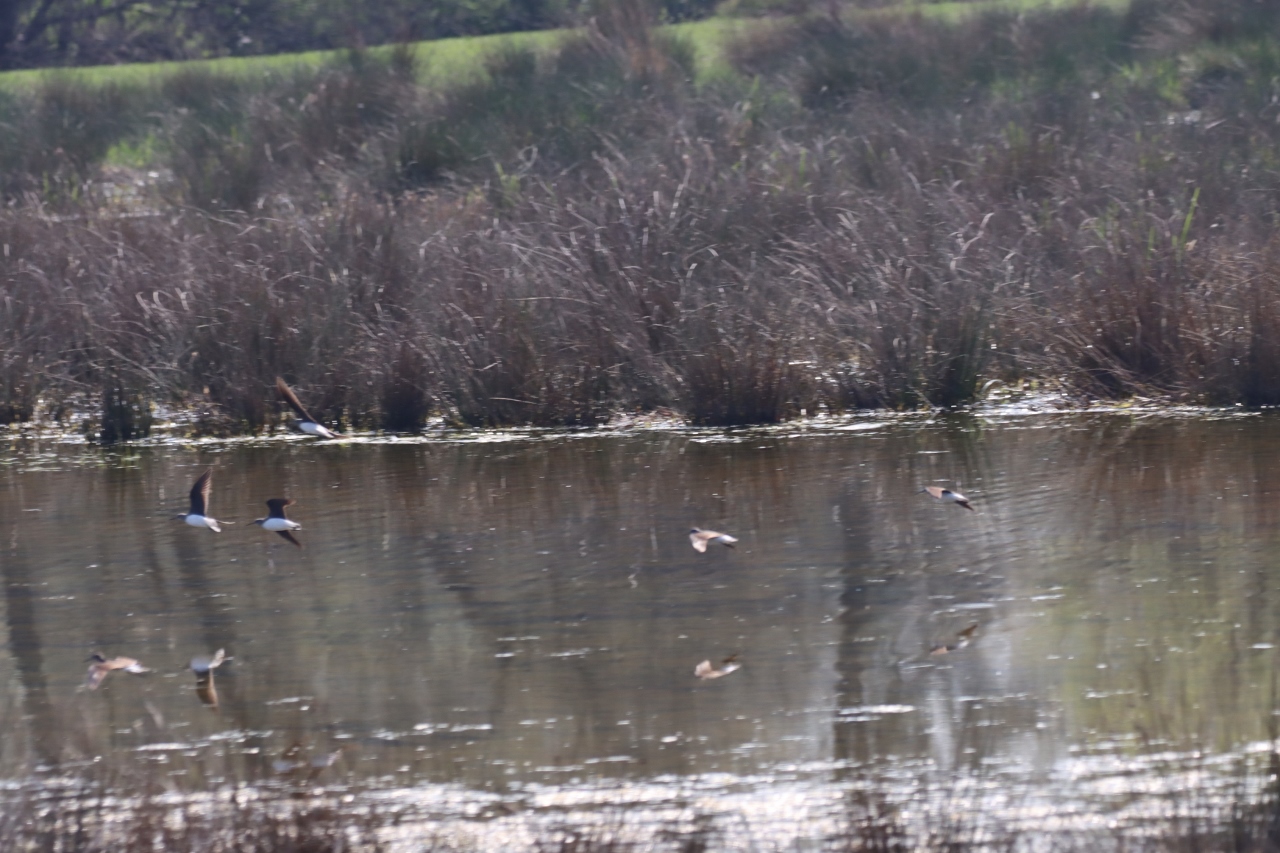
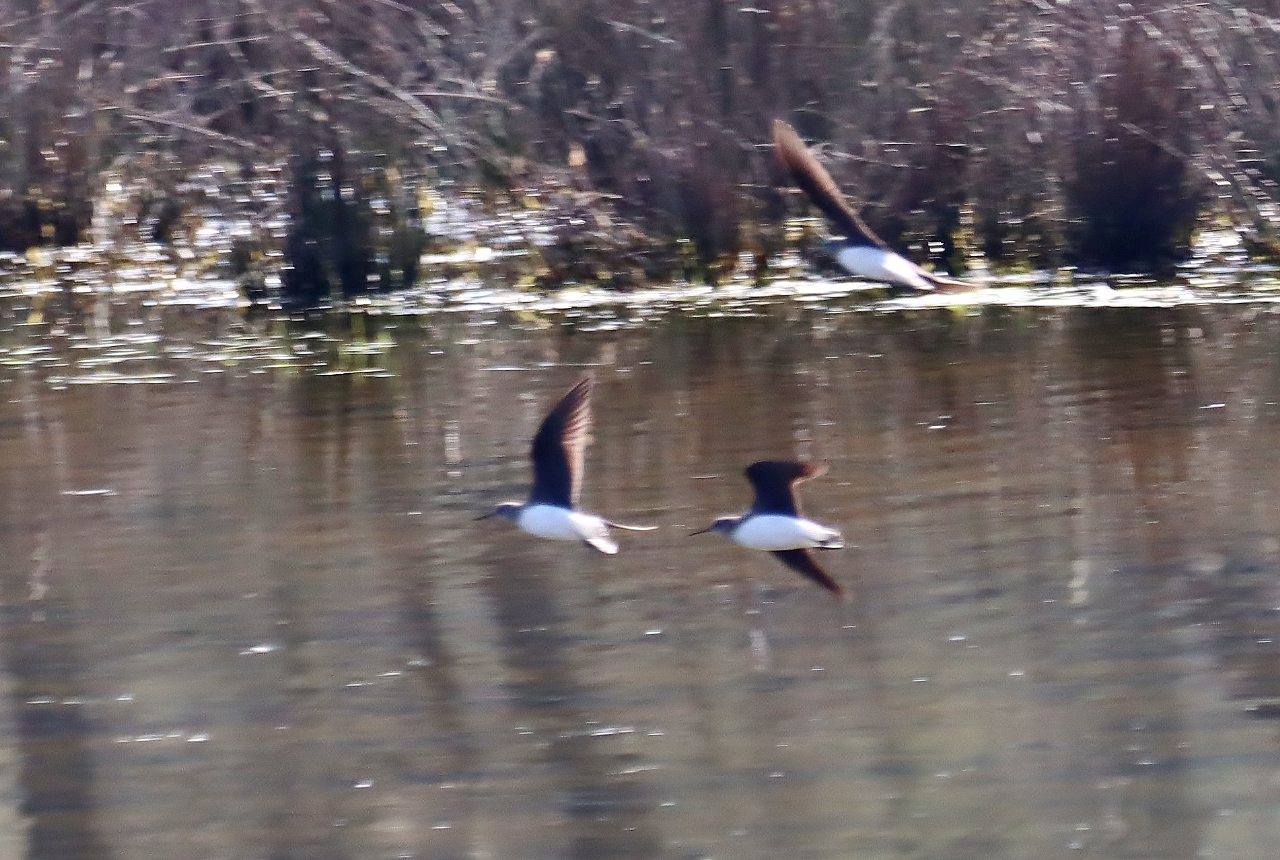
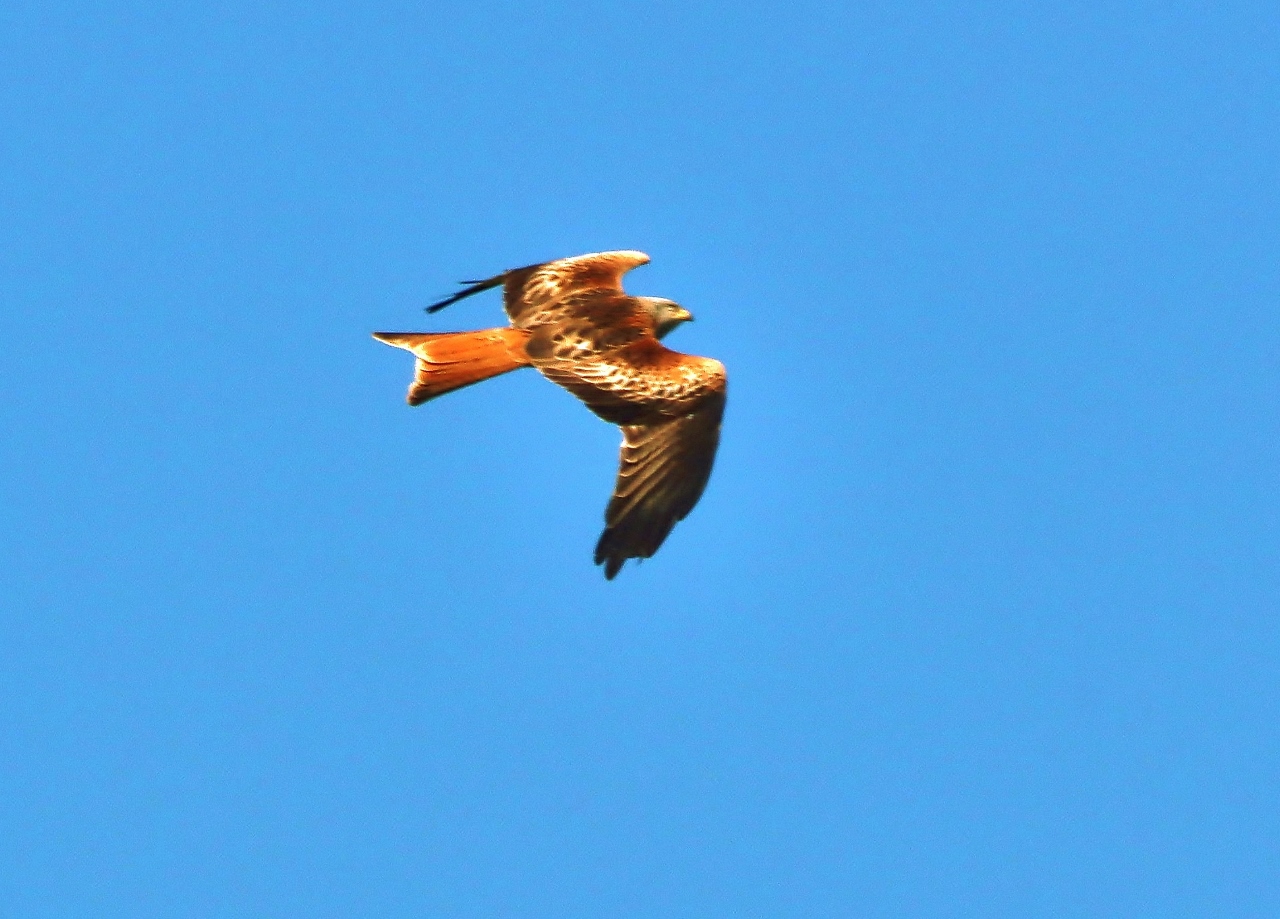

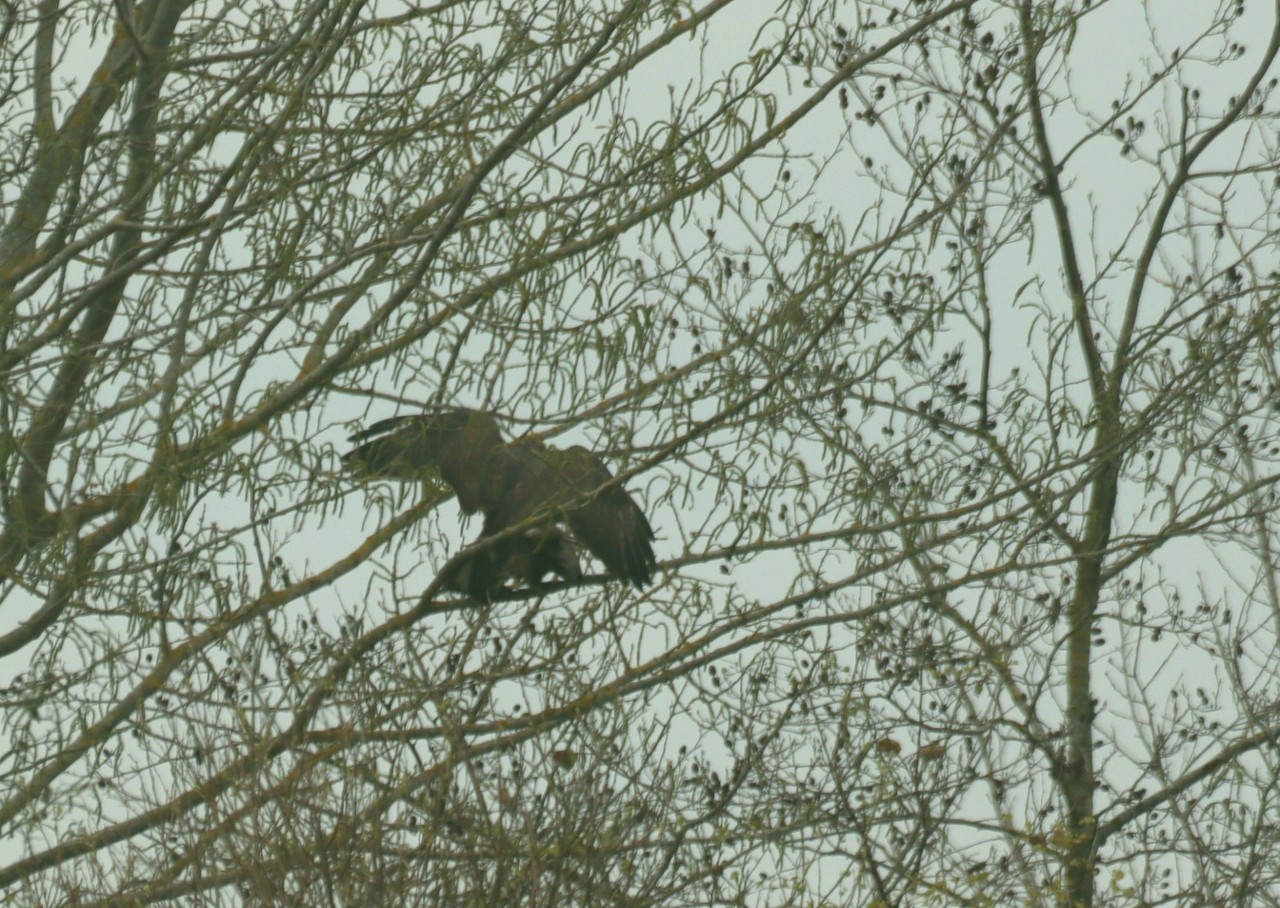

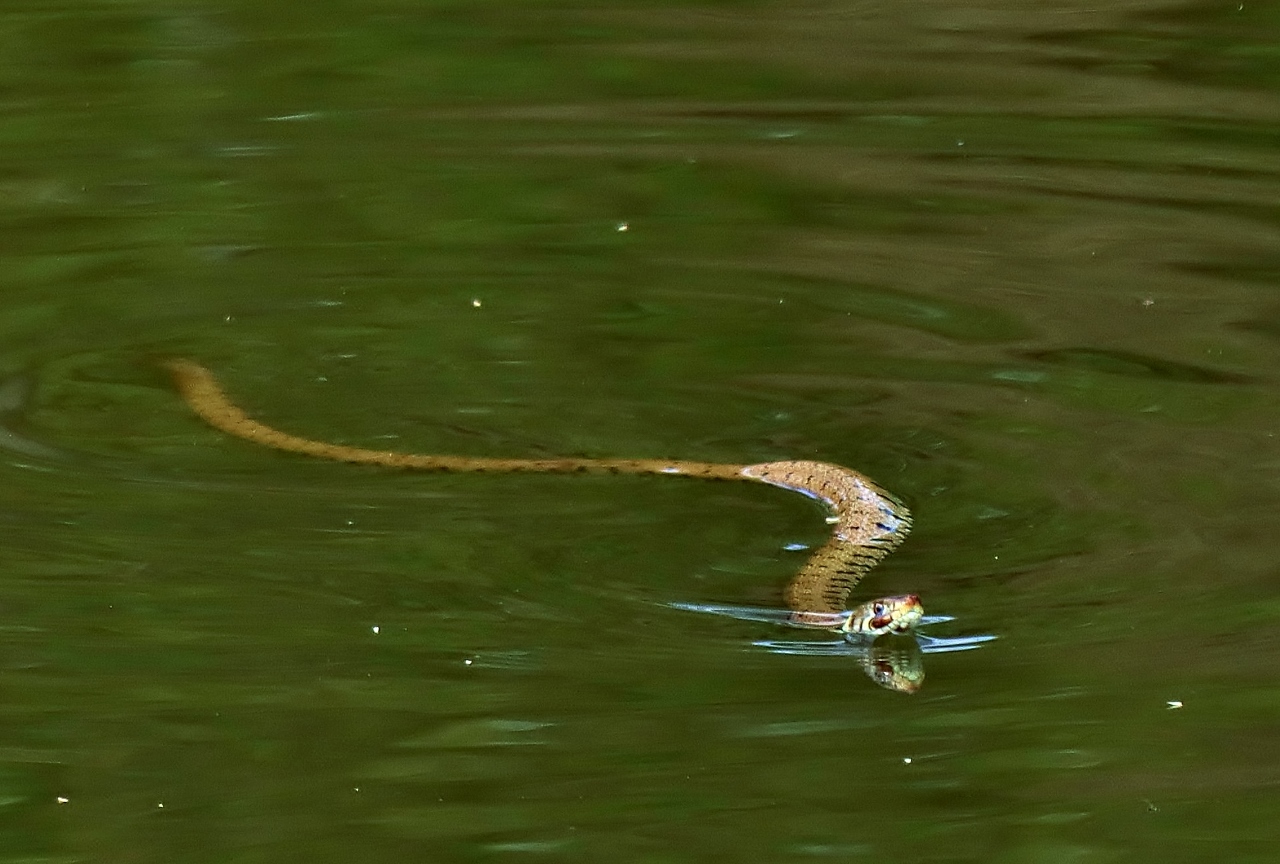
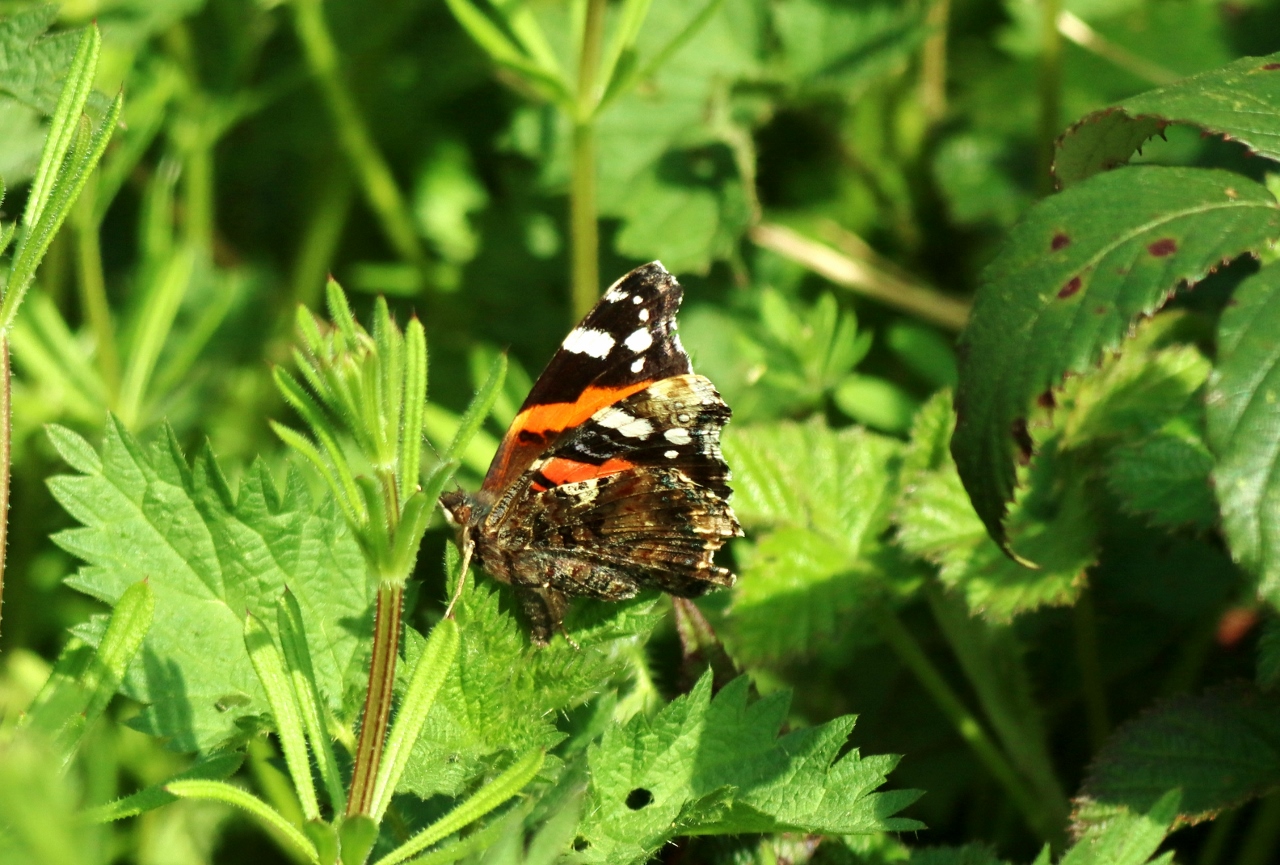
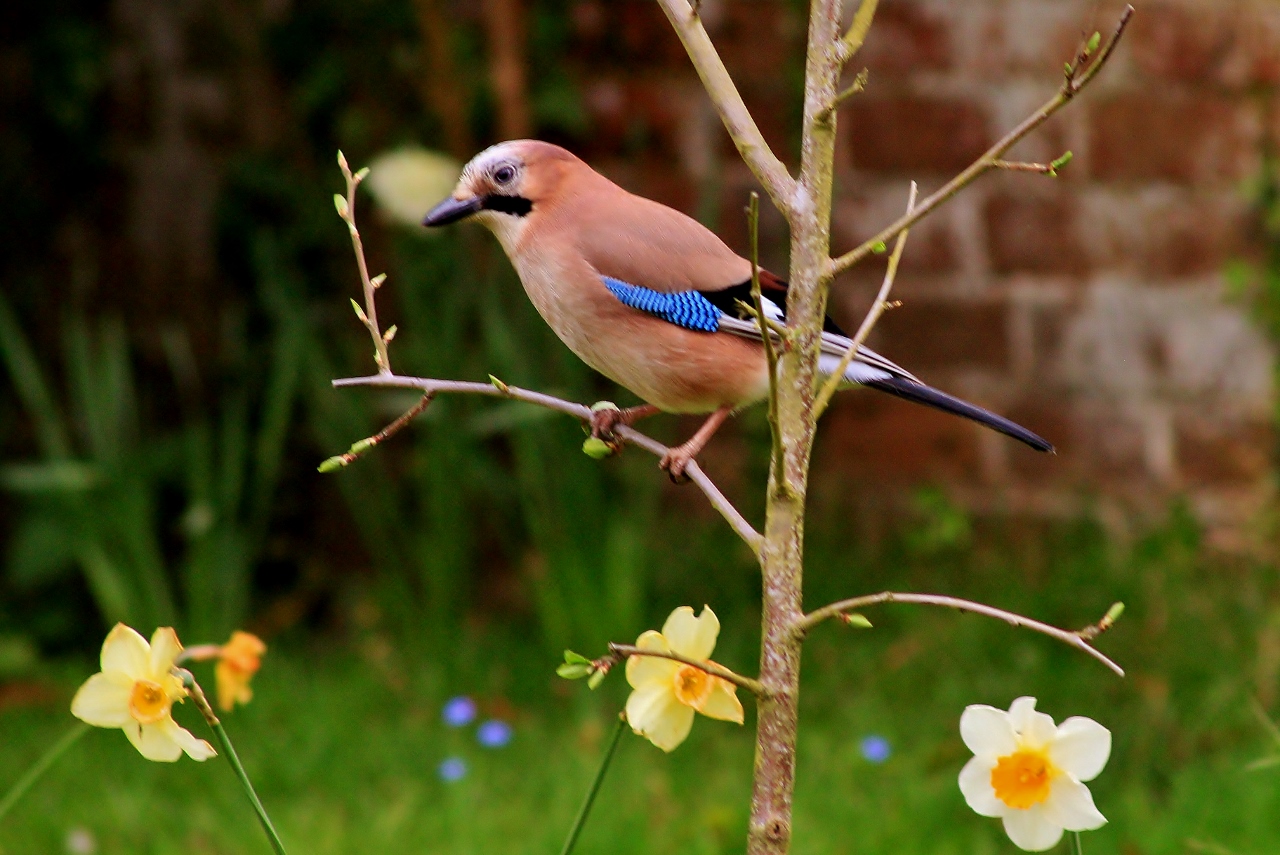





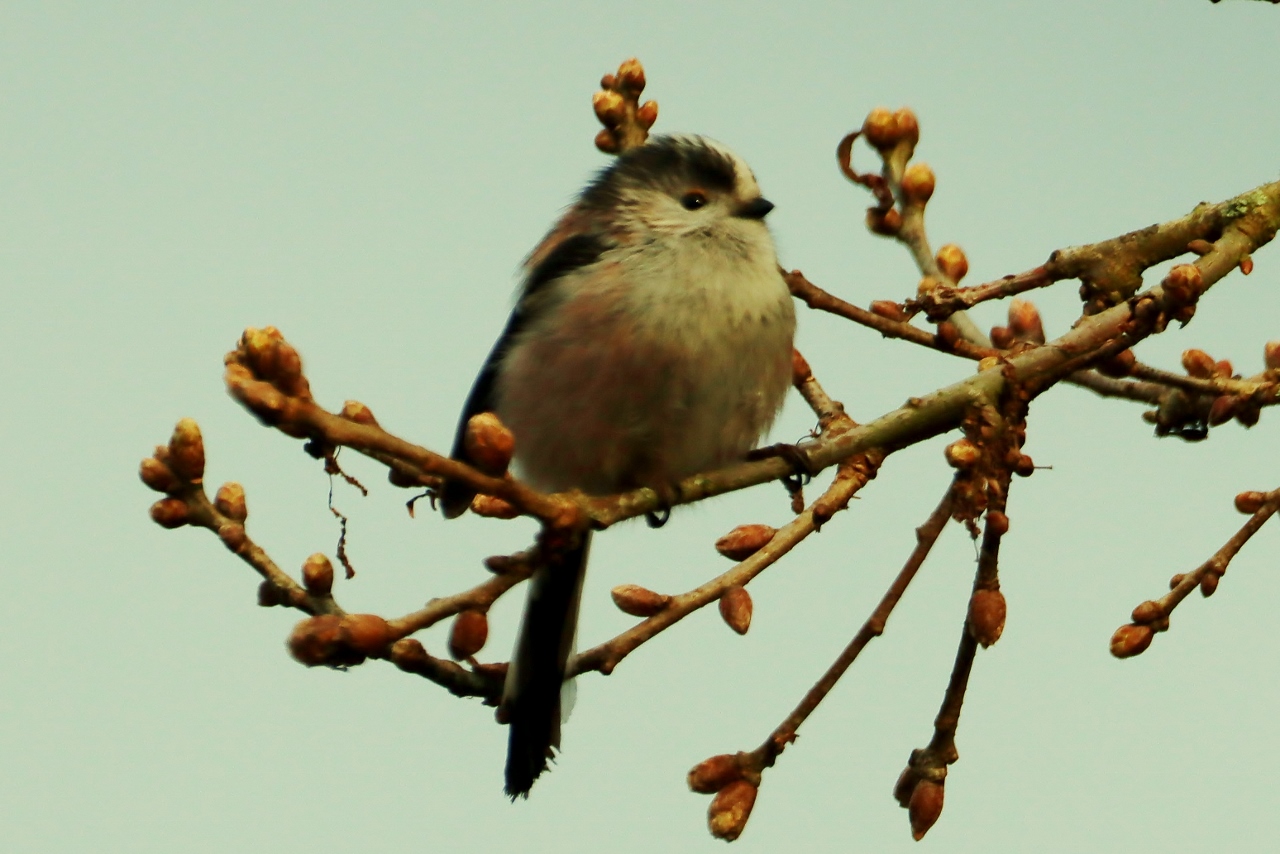
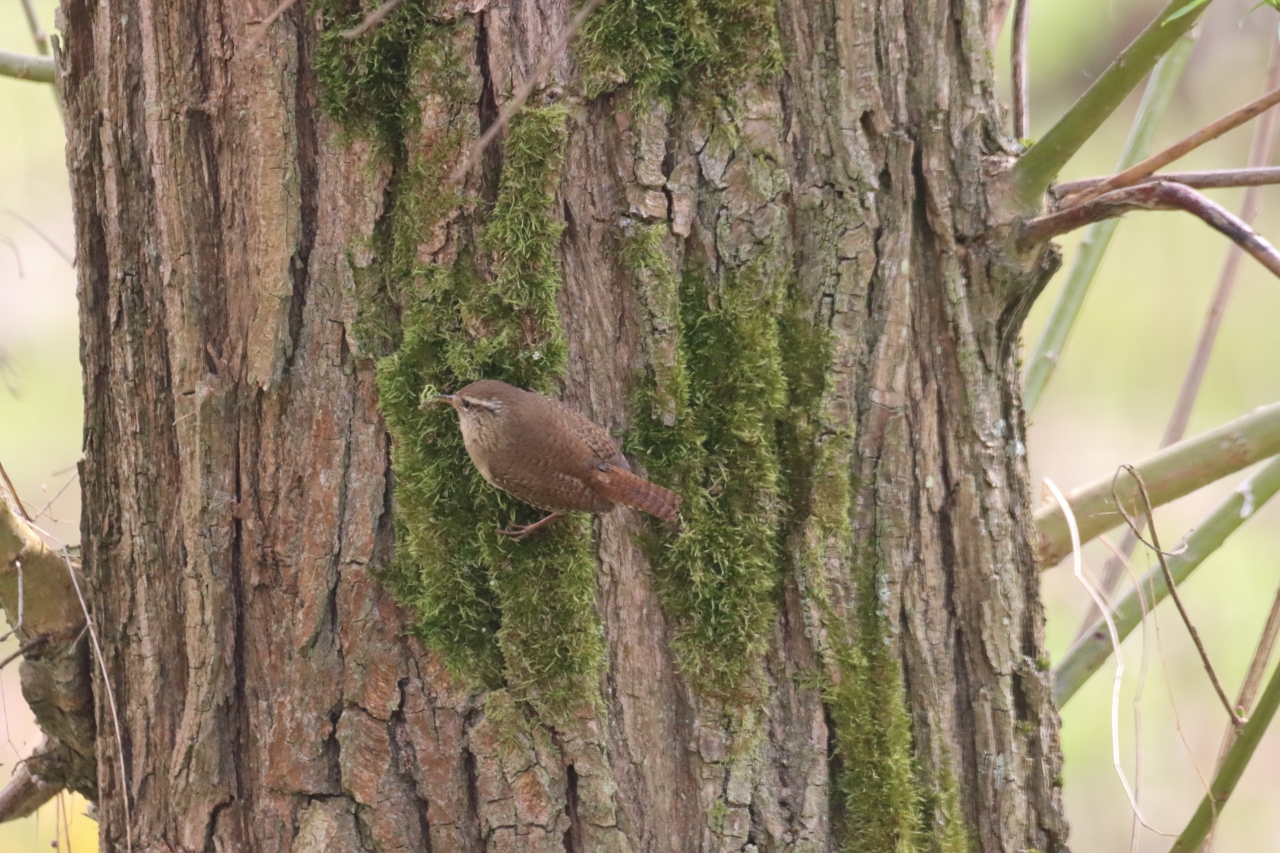
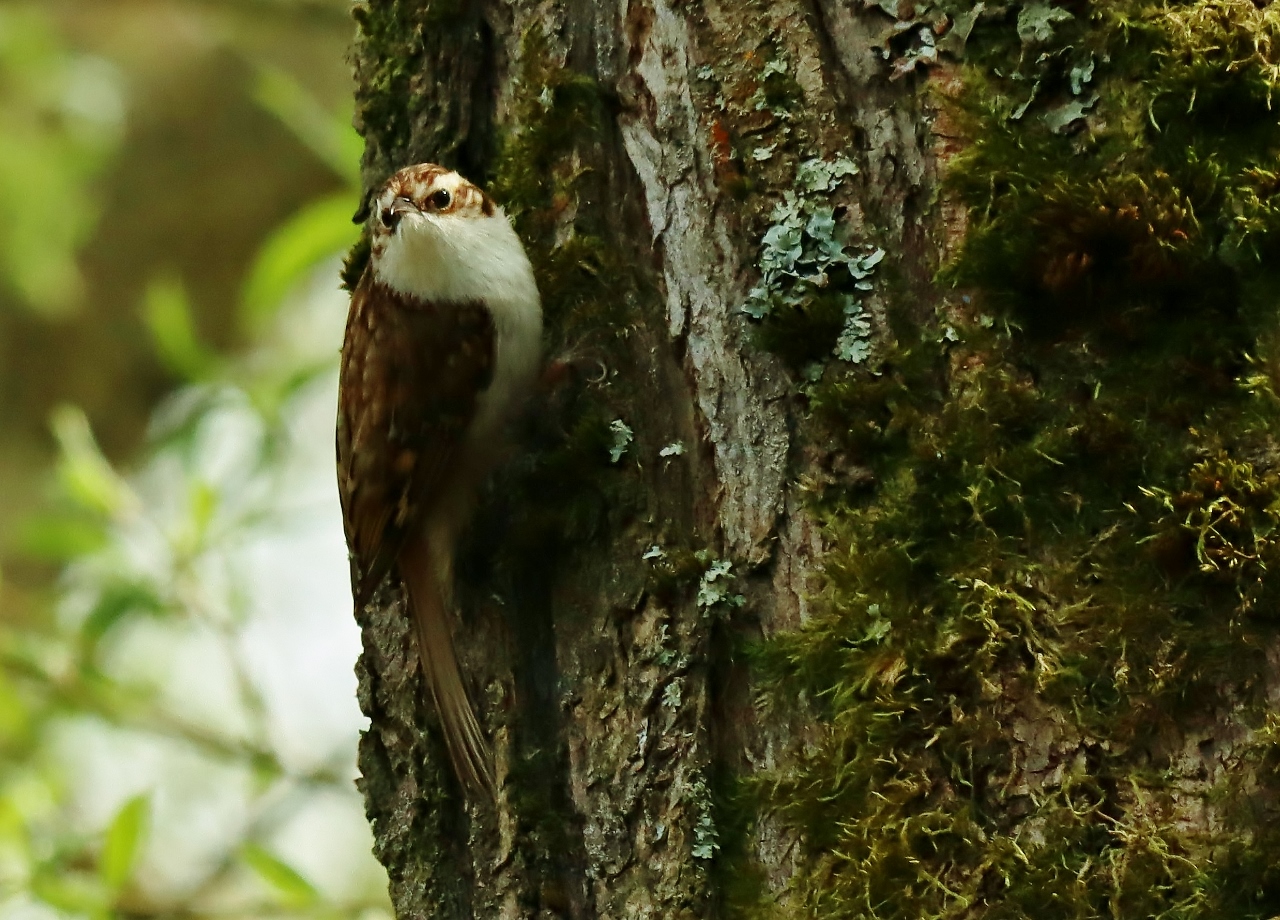



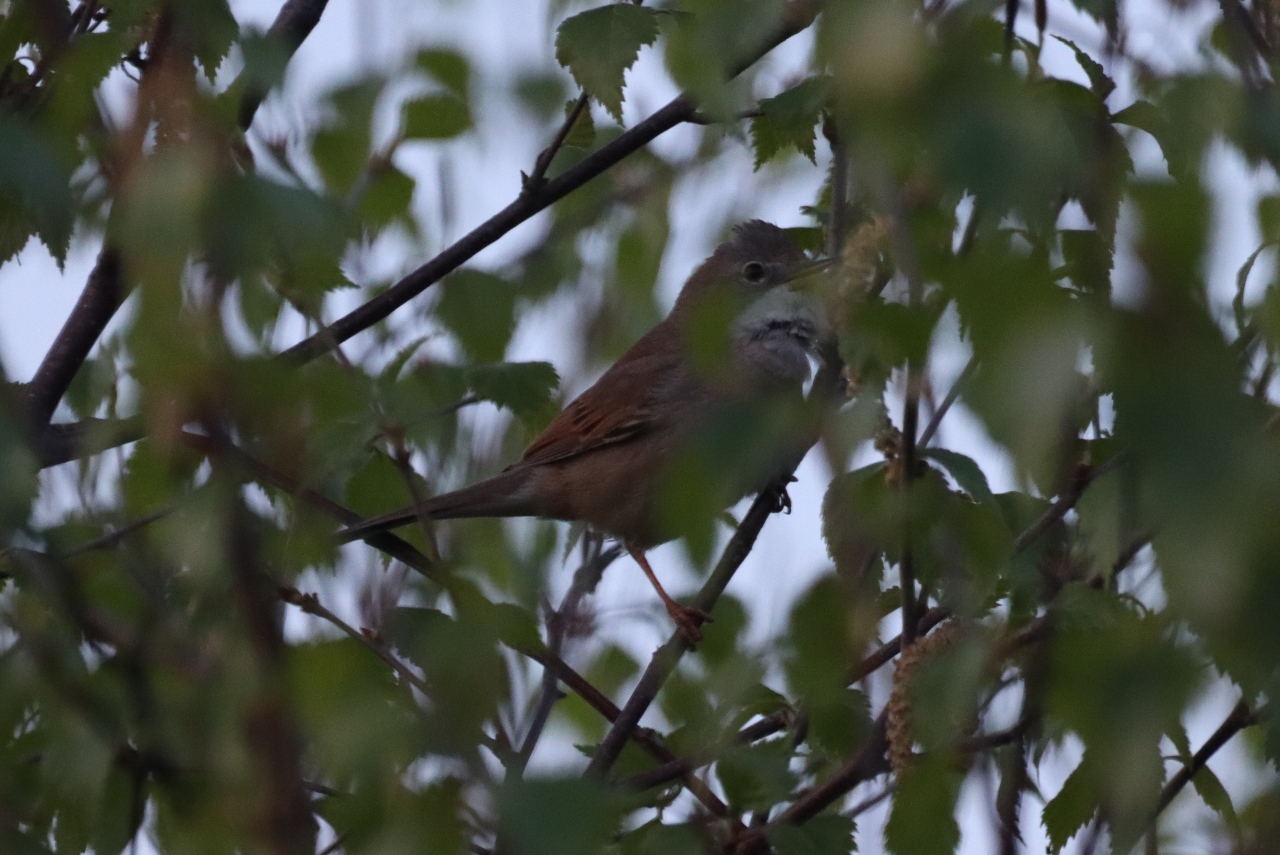
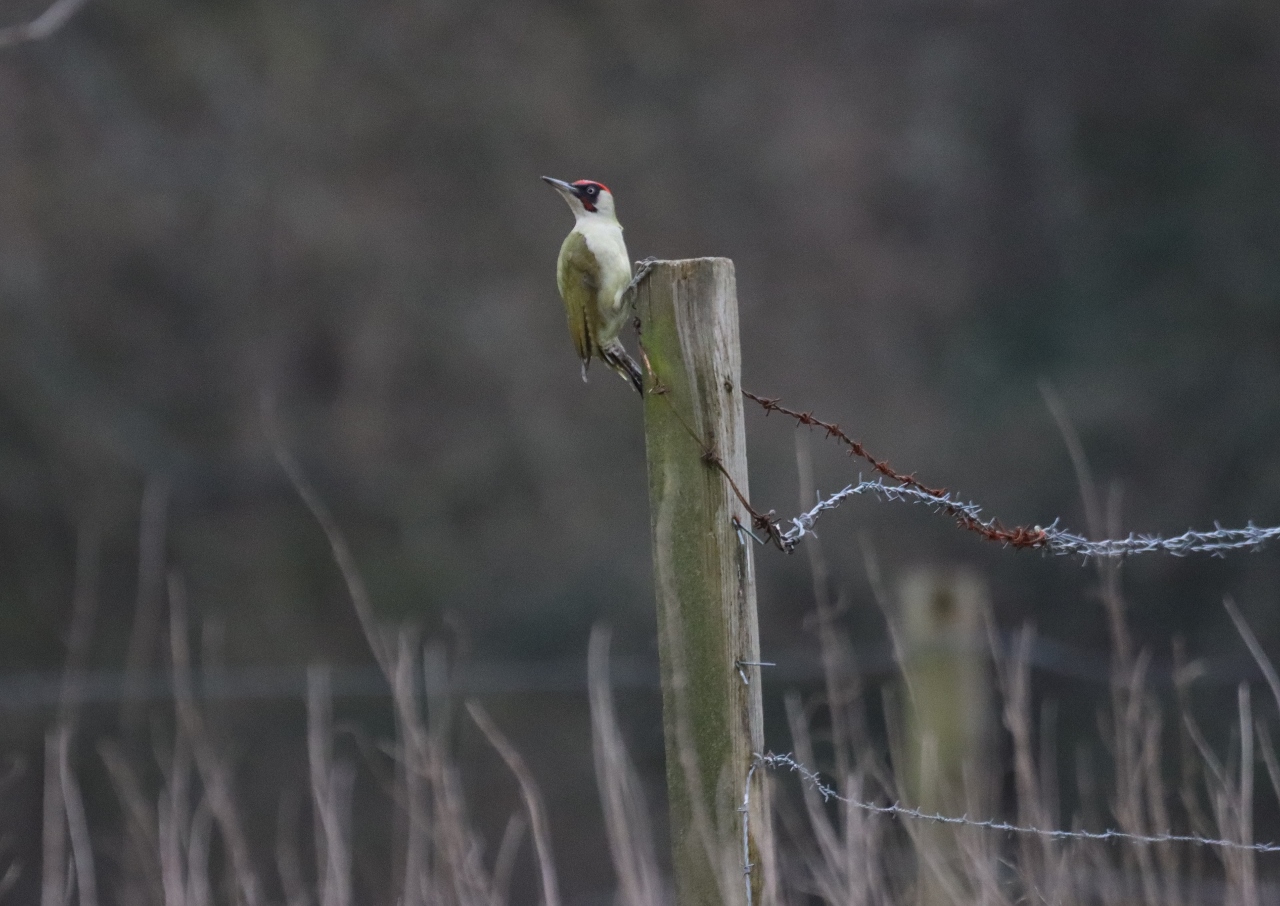
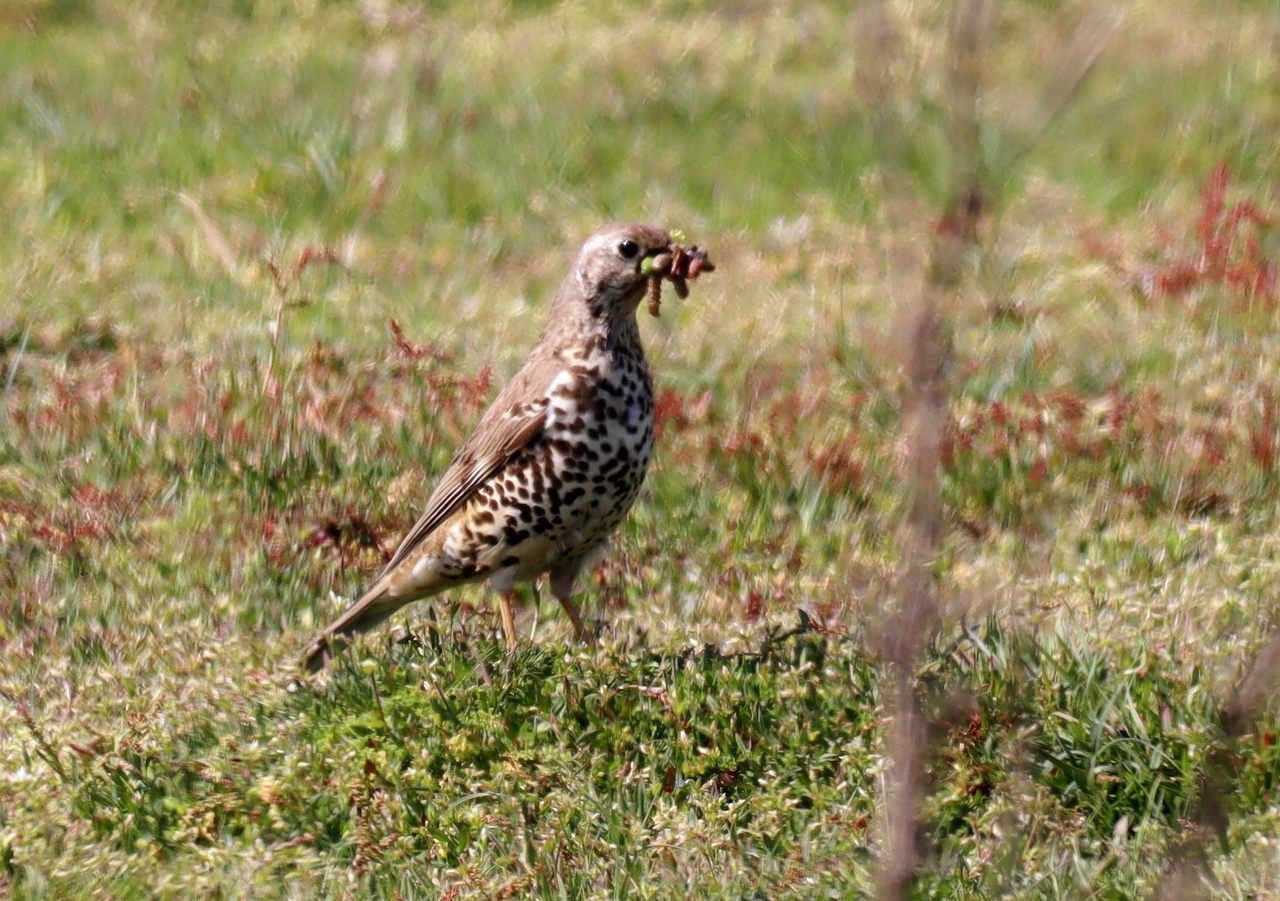

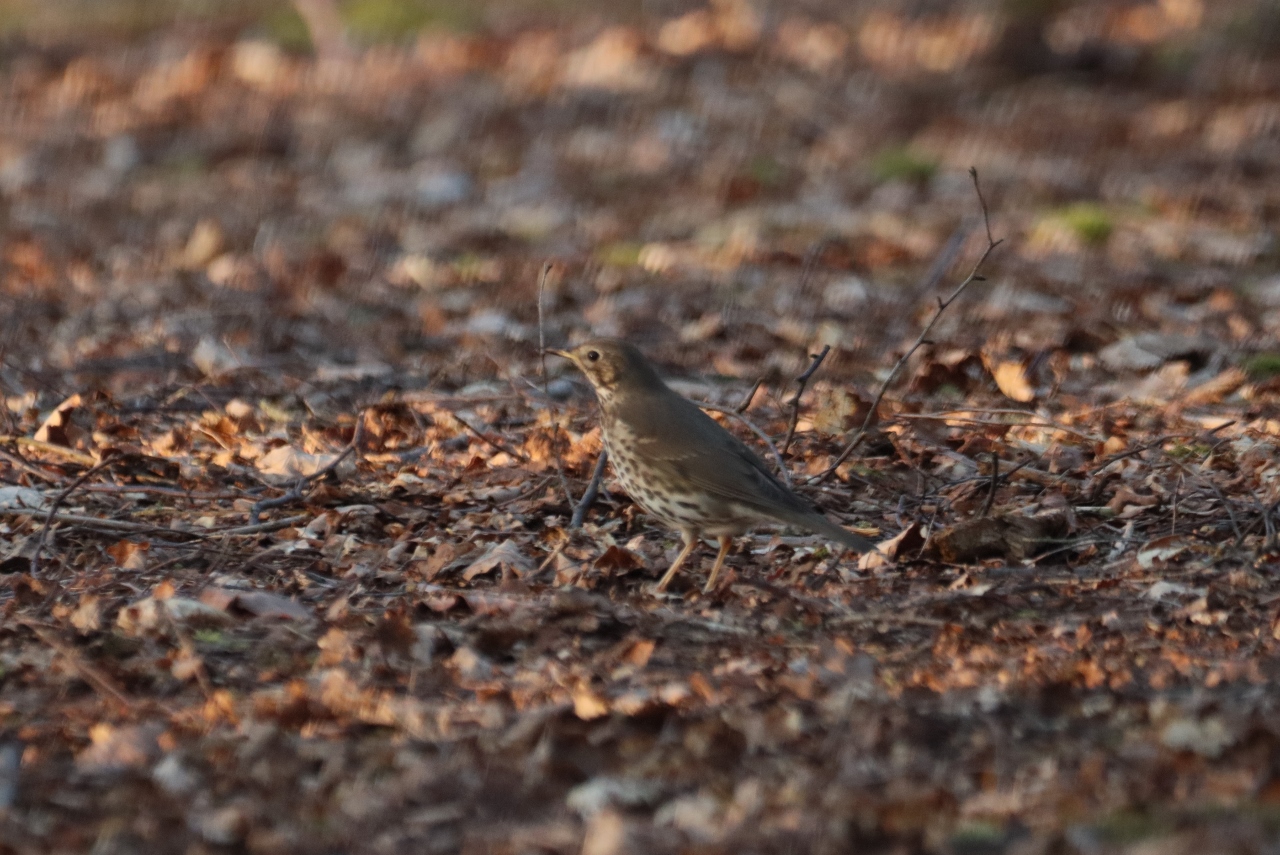
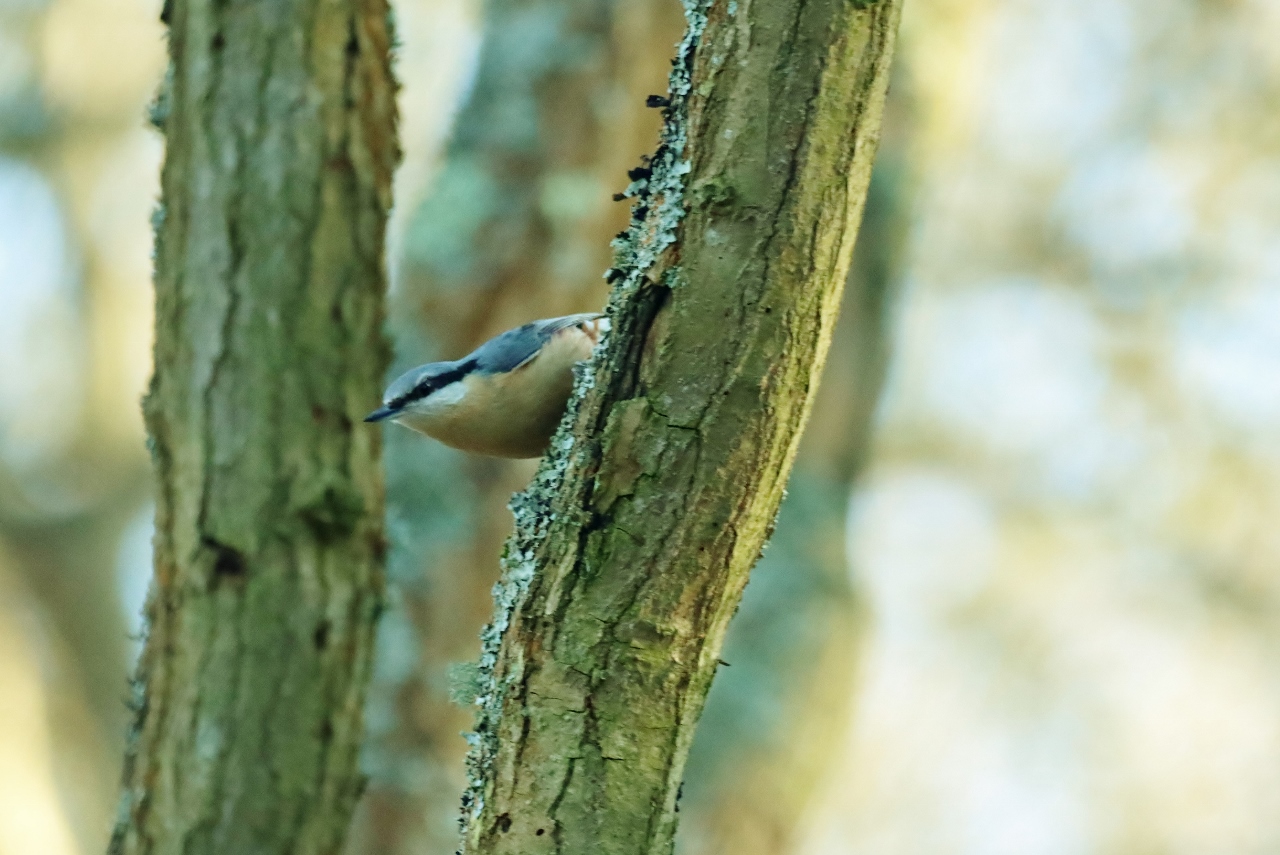

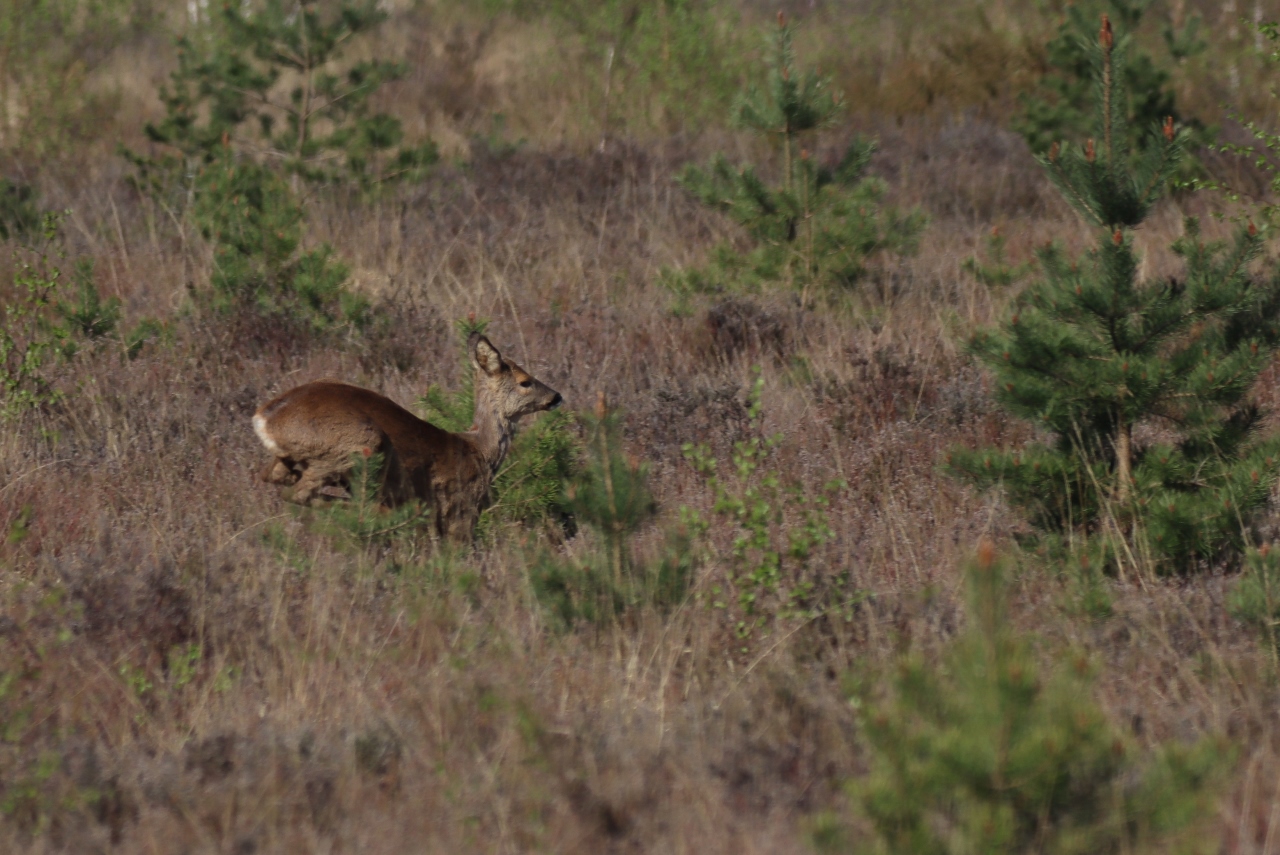


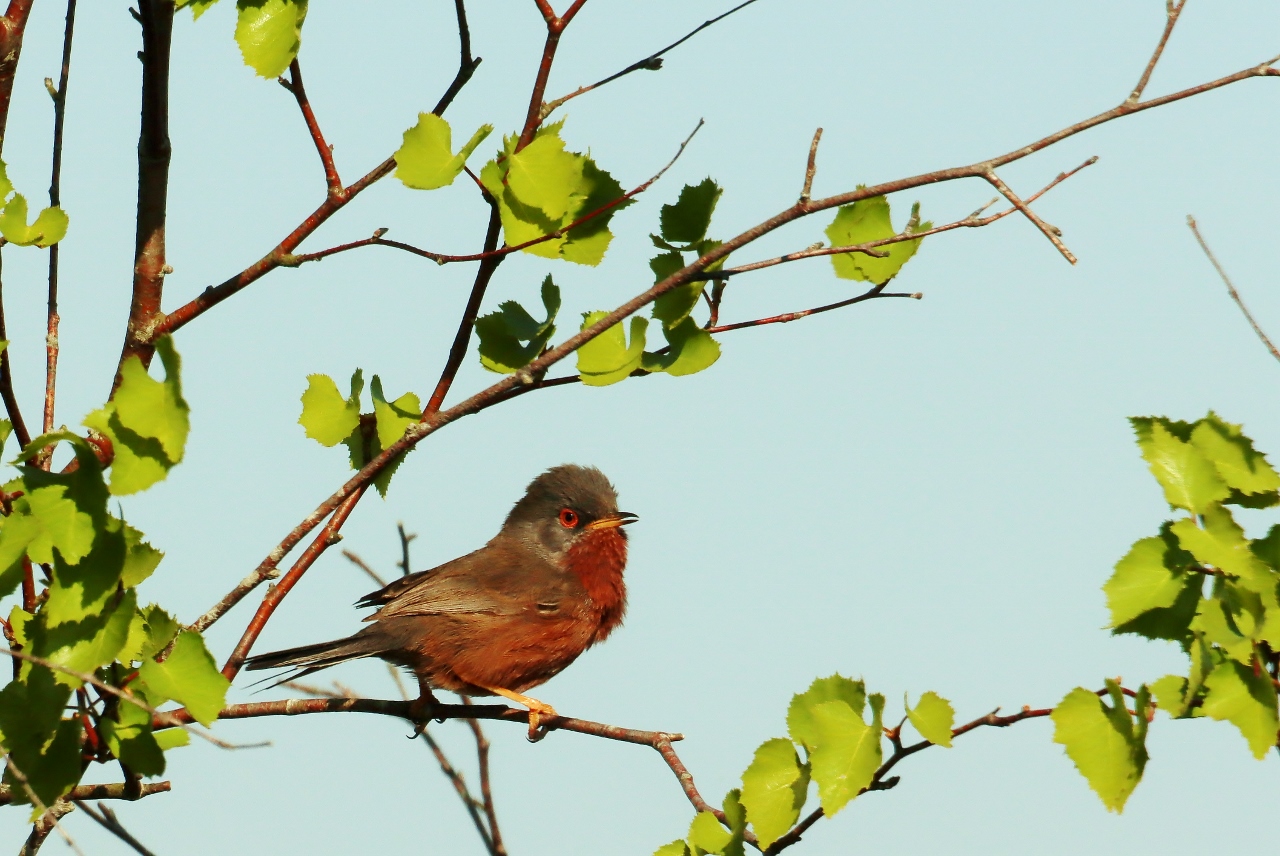
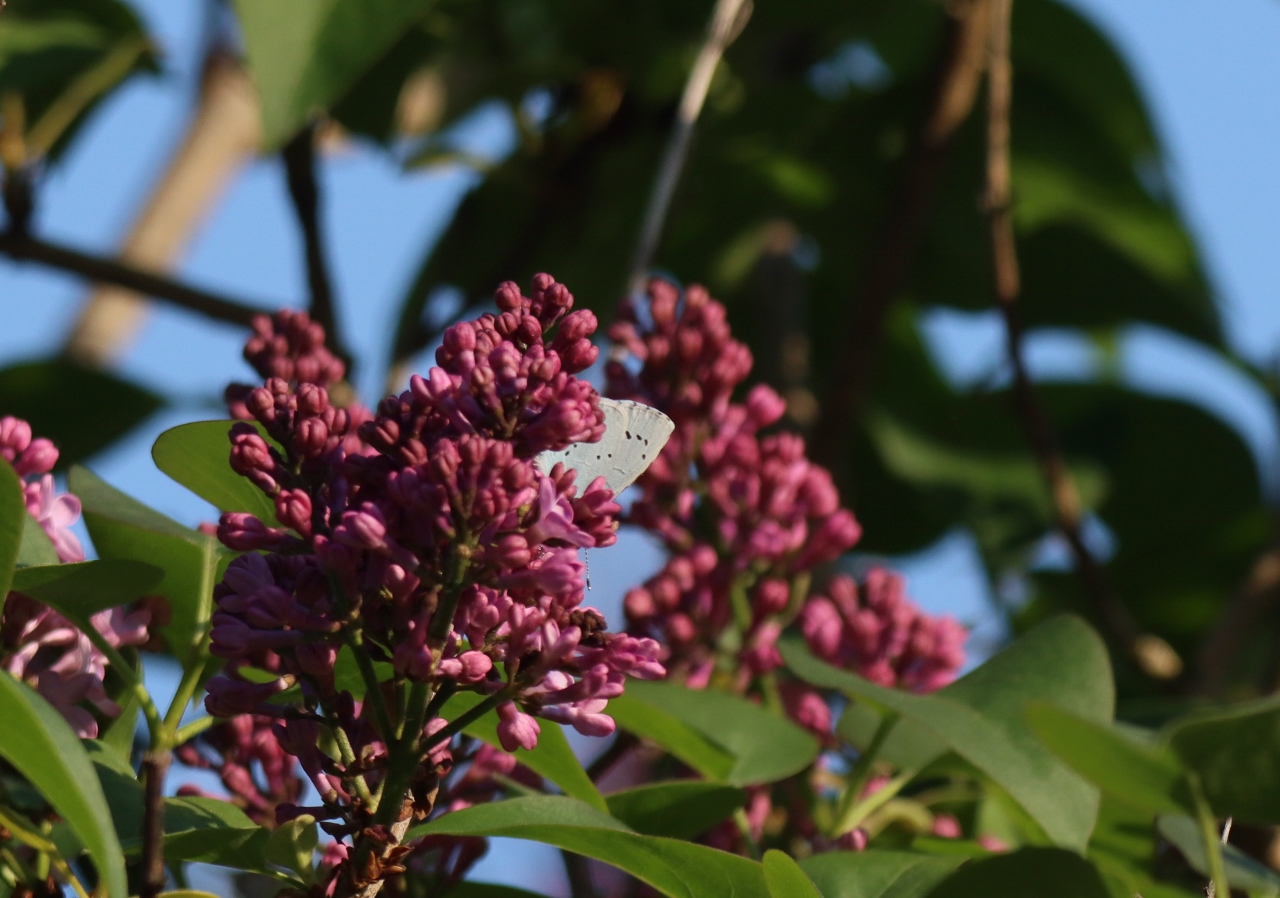




Janice Dempsey
April 29, 2020 at 2:09 pm
Great photos, thank you. I was even able to identify some of the creatures that have ventured into our small garden in April. Your sharp eyes and camera have certainly done a brilliant job!
Harry Eve
April 29, 2020 at 7:42 pm
Capturing the photo of male and female orange-tips in the same frame and also showing the underside of the wings must have been very satisfying. Also, the jay stands out really well against its complementary surroundings.
It is good to read that the Dartford warblers have done well. I imagine that what remains of our heathlands will be of increasing importance to their future as a species as climate change affects their ability to survive further south on the continent.
Ellen Portess
April 29, 2020 at 8:38 pm
Thanks for your nature posts. It’s great to see what’s about in and around Guildford, as we should not travel there while lockdown is on. We are still awaiting a cuckoo’s call around Shamley Green. We wander around here every day but no luck as yet.